Apoptosis
As one of the cellular death mechanisms, apoptosis, also known as programmed cell death, can be defined as the process of a proper death of any cell under certain or necessary conditions. Apoptosis is controlled by the interactions between several molecules and responsible for the elimination of unwanted cells from the body.
Many biochemical events and a series of morphological changes occur at the early stage and increasingly continue till the end of apoptosis process. Morphological event cascade including cytoplasmic filament aggregation, nuclear condensation, cellular fragmentation, and plasma membrane blebbing finally results in the formation of apoptotic bodies. Several biochemical changes such as protein modifications/degradations, DNA and chromatin deteriorations, and synthesis of cell surface markers form morphological process during apoptosis.
Apoptosis can be stimulated by two different pathways: (1) intrinsic pathway (or mitochondria pathway) that mainly occurs via release of cytochrome c from the mitochondria and (2) extrinsic pathway when Fas death receptor is activated by a signal coming from the outside of the cell.
Different gene families such as caspases, inhibitor of apoptosis proteins, B cell lymphoma (Bcl)-2 family, tumor necrosis factor (TNF) receptor gene superfamily, or p53 gene are involved and/or collaborate in the process of apoptosis.
Caspase family comprises conserved cysteine aspartic-specific proteases, and members of caspase family are considerably crucial in the regulation of apoptosis. There are 14 different caspases in mammals, and they are basically classified as the initiators including caspase-2, -8, -9, and -10; and the effectors including caspase-3, -6, -7, and -14; and also the cytokine activators including caspase-1, -4, -5, -11, -12, and -13. In vertebrates, caspase-dependent apoptosis occurs through two main interconnected pathways which are intrinsic and extrinsic pathways. The intrinsic or mitochondrial apoptosis pathway can be activated through various cellular stresses that lead to cytochrome c release from the mitochondria and the formation of the apoptosome, comprised of APAF1, cytochrome c, ATP, and caspase-9, resulting in the activation of caspase-9. Active caspase-9 then initiates apoptosis by cleaving and thereby activating executioner caspases. The extrinsic apoptosis pathway is activated through the binding of a ligand to a death receptor, which in turn leads, with the help of the adapter proteins (FADD/TRADD), to recruitment, dimerization, and activation of caspase-8 (or 10). Active caspase-8 (or 10) then either initiates apoptosis directly by cleaving and thereby activating executioner caspase (-3, -6, -7), or activates the intrinsic apoptotic pathway through cleavage of BID to induce efficient cell death. In a heat shock-induced death, caspase-2 induces apoptosis via cleavage of Bid.
Bcl-2 family members are divided into three subfamilies including (i) pro-survival subfamily members (Bcl-2, Bcl-xl, Bcl-W, MCL1, and BFL1/A1), (ii) BH3-only subfamily members (Bad, Bim, Noxa, and Puma9), and (iii) pro-apoptotic mediator subfamily members (Bax and Bak). Following activation of the intrinsic pathway by cellular stress, pro‑apoptotic BCL‑2 homology 3 (BH3)‑only proteins inhibit the anti‑apoptotic proteins Bcl‑2, Bcl-xl, Bcl‑W and MCL1. The subsequent activation and oligomerization of the Bak and Bax result in mitochondrial outer membrane permeabilization (MOMP). This results in the release of cytochrome c and SMAC from the mitochondria. Cytochrome c forms a complex with caspase-9 and APAF1, which leads to the activation of caspase-9. Caspase-9 then activates caspase-3 and caspase-7, resulting in cell death. Inhibition of this process by anti‑apoptotic Bcl‑2 proteins occurs via sequestration of pro‑apoptotic proteins through binding to their BH3 motifs.
One of the most important ways of triggering apoptosis is mediated through death receptors (DRs), which are classified in TNF superfamily. There exist six DRs: DR1 (also called TNFR1); DR2 (also called Fas); DR3, to which VEGI binds; DR4 and DR5, to which TRAIL binds; and DR6, no ligand has yet been identified that binds to DR6. The induction of apoptosis by TNF ligands is initiated by binding to their specific DRs, such as TNFα/TNFR1, FasL /Fas (CD95, DR2), TRAIL (Apo2L)/DR4 (TRAIL-R1) or DR5 (TRAIL-R2). When TNF-α binds to TNFR1, it recruits a protein called TNFR-associated death domain (TRADD) through its death domain (DD). TRADD then recruits a protein called Fas-associated protein with death domain (FADD), which then sequentially activates caspase-8 and caspase-3, and thus apoptosis. Alternatively, TNF-α can activate mitochondria to sequentially release ROS, cytochrome c, and Bax, leading to activation of caspase-9 and caspase-3 and thus apoptosis. Some of the miRNAs can inhibit apoptosis by targeting the death-receptor pathway including miR-21, miR-24, and miR-200c.
p53 has the ability to activate intrinsic and extrinsic pathways of apoptosis by inducing transcription of several proteins like Puma, Bid, Bax, TRAIL-R2, and CD95.
Some inhibitors of apoptosis proteins (IAPs) can inhibit apoptosis indirectly (such as cIAP1/BIRC2, cIAP2/BIRC3) or inhibit caspase directly, such as XIAP/BIRC4 (inhibits caspase-3, -7, -9), and Bruce/BIRC6 (inhibits caspase-3, -6, -7, -8, -9).
Any alterations or abnormalities occurring in apoptotic processes contribute to development of human diseases and malignancies especially cancer.
References:
1.Yağmur Kiraz, Aysun Adan, Melis Kartal Yandim, et al. Major apoptotic mechanisms and genes involved in apoptosis[J]. Tumor Biology, 2016, 37(7):8471.
2.Aggarwal B B, Gupta S C, Kim J H. Historical perspectives on tumor necrosis factor and its superfamily: 25 years later, a golden journey.[J]. Blood, 2012, 119(3):651.
3.Ashkenazi A, Fairbrother W J, Leverson J D, et al. From basic apoptosis discoveries to advanced selective BCL-2 family inhibitors[J]. Nature Reviews Drug Discovery, 2017.
4.McIlwain D R, Berger T, Mak T W. Caspase functions in cell death and disease[J]. Cold Spring Harbor perspectives in biology, 2013, 5(4): a008656.
5.Ola M S, Nawaz M, Ahsan H. Role of Bcl-2 family proteins and caspases in the regulation of apoptosis[J]. Molecular and cellular biochemistry, 2011, 351(1-2): 41-58.
What is Apoptosis? The Apoptotic Pathways and the Caspase Cascade
أهداف لـ نبسب؛ Apoptosis
- Pyroptosis(15)
- Caspase(51)
- 14.3.3 Proteins(1)
- Apoptosis Inducers(41)
- Bax(8)
- Bcl-2 Family(107)
- Bcl-xL(8)
- c-RET(8)
- IAP(26)
- KEAP1-Nrf2(61)
- MDM2(13)
- p53(108)
- PC-PLC(4)
- PKD(6)
- RasGAP (Ras- P21)(1)
- Survivin(6)
- Thymidylate Synthase(10)
- TNF-α(117)
- Other Apoptosis(884)
- Apoptosis Detection(0)
- Caspase Substrate(0)
- APC(5)
- PD-1/PD-L1 interaction(60)
- ASK1(3)
- PAR4(2)
- RIP kinase(45)
- FKBP(19)
منتجات لـ نبسب؛ Apoptosis
- القط. رقم اسم المنتج بيانات
-
GC33043
EL-102
EL-102 هو مثبط لعامل 1 (Hif1α) يسببه نقص الأكسجةيحث EL-102 على موت الخلايا المبرمج ، ويمنع بلمرة التوبولين ويظهر أنشطة ضد سرطان البروستاتايمكن استخدام EL-102 في أبحاث السرطان
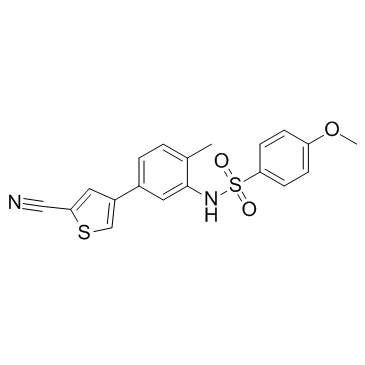
-
GC13885
Elesclomol (STA-4783)
NSC 174939, STA 4783
An apoptosis inducer
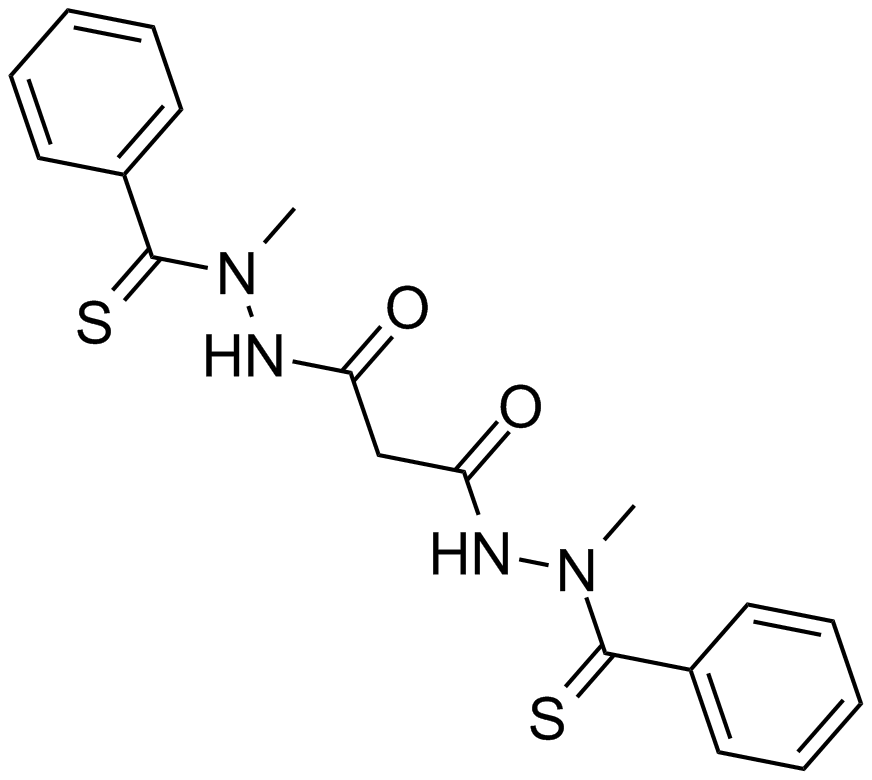
-
GC16827
ELR510444
ELR510444 هو معطل جديد للأنابيب الدقيقة ؛ يمنع تكاثر الخلايا MDA-MB-231 مع IC50 من 30.9 نانومتر ؛ ليس ركيزة لناقل عقاقير P-glycoprotein ويحتفظ بالنشاط في خطوط الخلايا IIII-tubulin-overexpressing
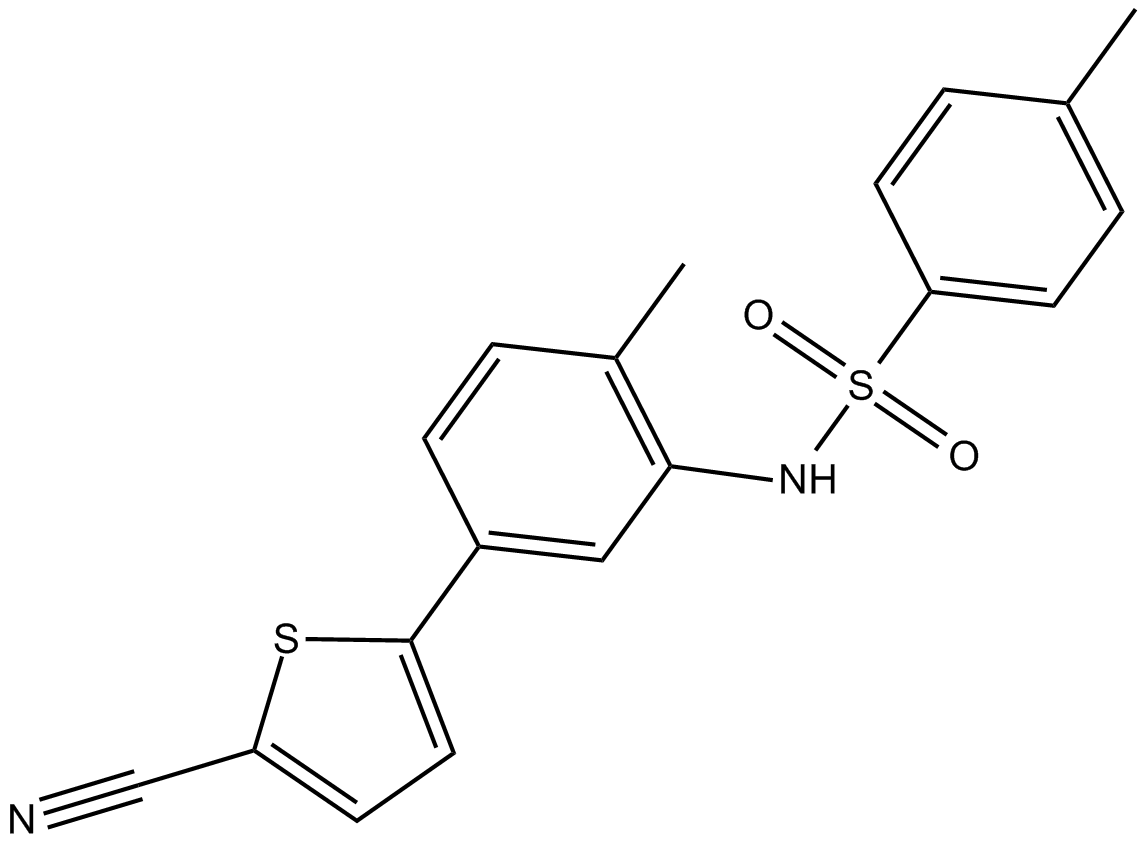
-
GC48434
Elsinochrome A
NSC 623609
A fungal metabolite
-
GC13163
Embelin
Embelic acid; Emberine; NSC 91874
A benzoquinone with diverse biological activities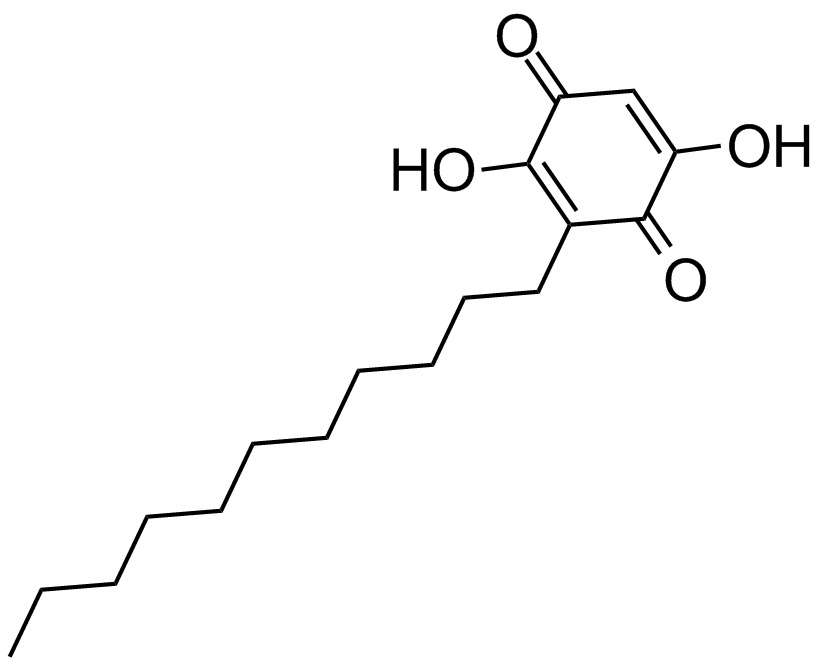
-
GC35980
Emricasan
IDN-6556, PF-03491390
Emricasan (PF 03491390) هو مثبط فعال عن طريق الفم ولا رجعة فيه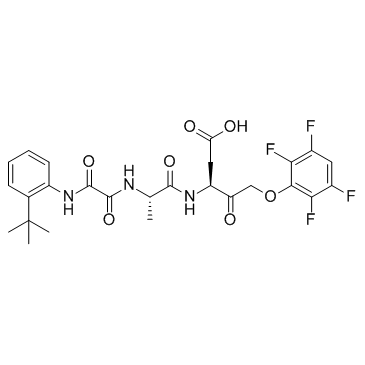
-
GC16519
ENMD-2076
A multi-kinase inhibitor
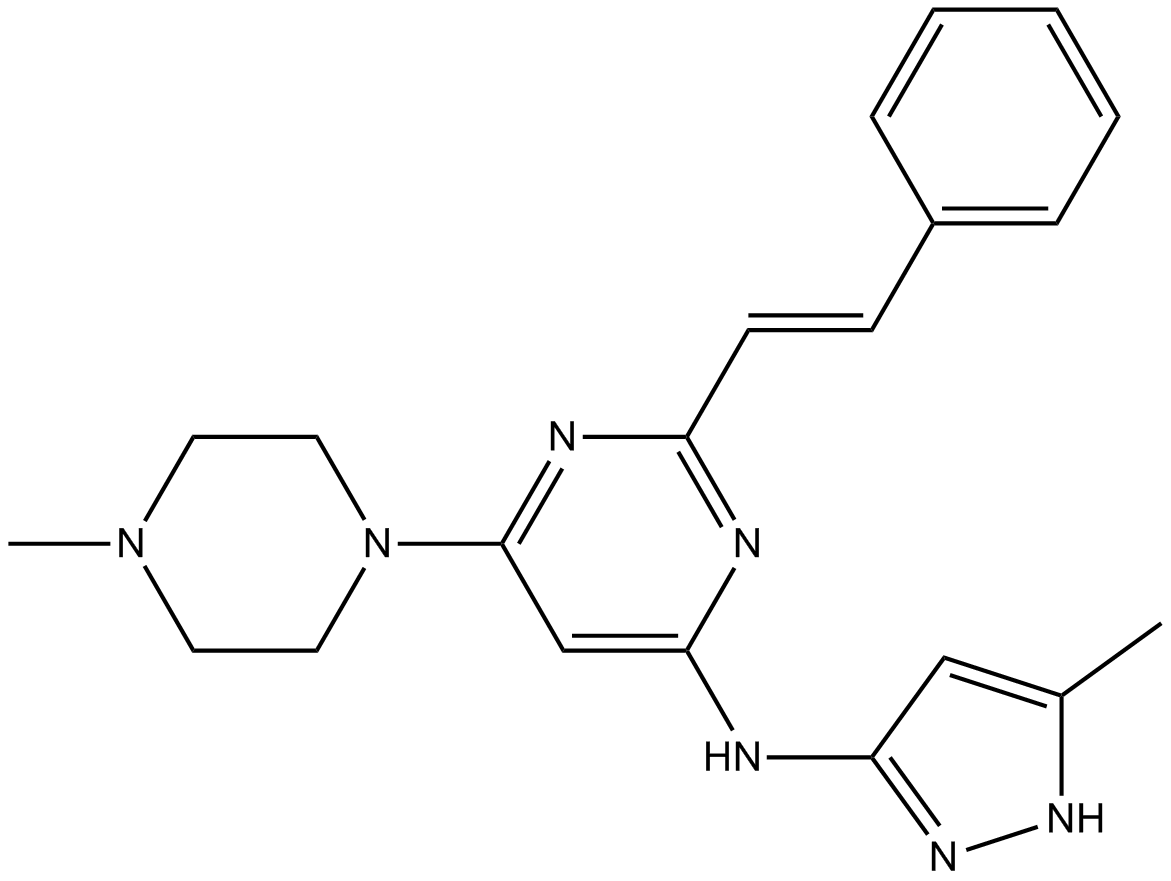
-
GC43610
Enniatin A1
Enniatin A1 المعزول من Fusarium mycotoxins هو عبارة عن سداسي ببتيد دوري يتكون من أحماض D-α-hydroxyisovaleric بالتناوب وأحماض N-methyl-L-aminoيمتلك Enniatin A1 خصائص مضادة للسرطان عن طريق تحريض موت الخلايا المبرمج وتعطيل مسار إشارات ERKيثبط Enniatin A1 ACAT مع IC بنسبة 49 ميكرومتر في ميكروسومات كبد الفئران

-
GC16823
Enniatin Complex
مركب Enniatin عبارة عن خليط من cyclohexadepsipeptides معزول إلى حد كبير من أنواع الفطريات Fusarium ، وله خصائص تحلل أيوني ، ومضادات حيوية ، وخصائص نقص شحميات الدم في المختبر
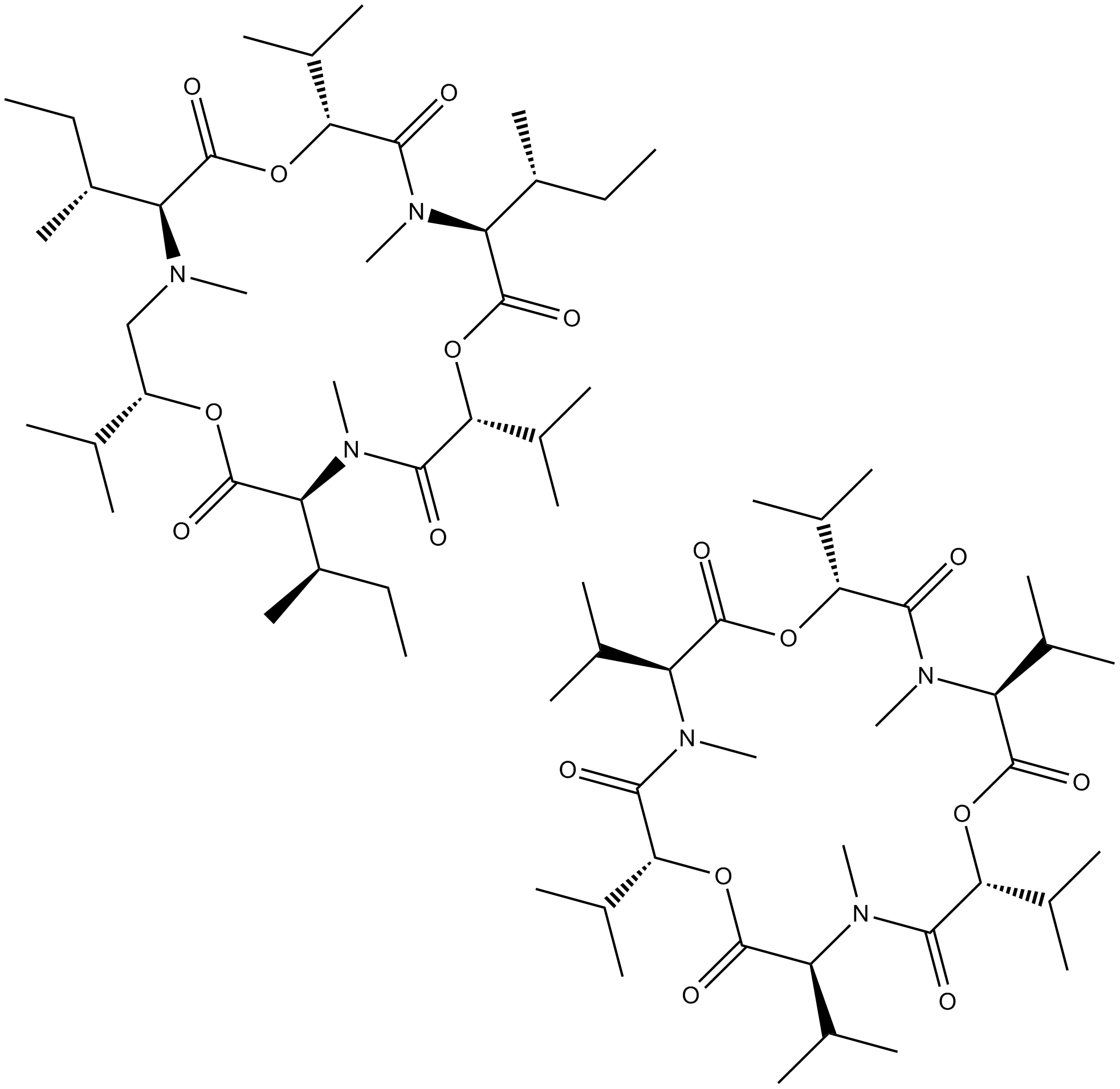
-
GC11625
Entinostat (MS-275,SNDX-275)
Entinostat, SNDX 275
A histone deacetylase inhibitor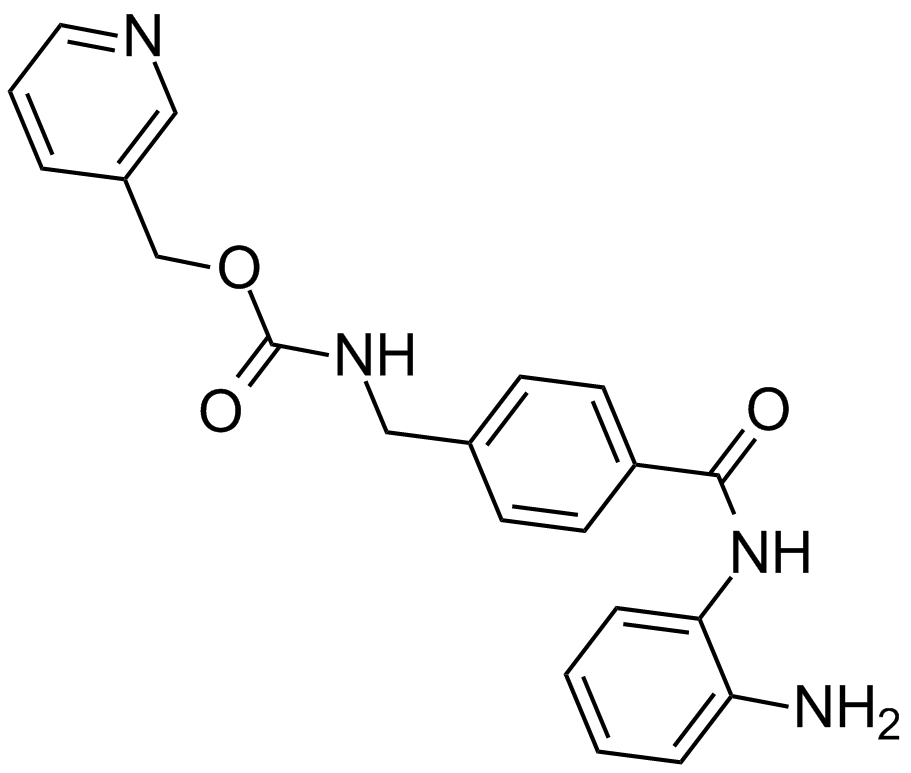
-
GC66344
Envafolimab
ASC 22; KN 035
Envafolimab (ASC 22 ؛ KN 035) هو بروتين مؤتلف من جسم مضاد أحادي المجال مضاد لـ PD-L1. تم إنشاء Envafolimab من خلال اندماج المجال المضاد لـ PD-L1 مع جزء Fc من الجسم المضاد IgG1 البشري. يمنع Envafolimab التفاعل بين PD-L1 و PD-1 بقيمة IC 50 تبلغ 5.25 نانومتر. يظهر Envafolimab نشاط مضاد للورم. Envafolimab لديه القدرة على البحث عن الأورام الصلبة.
-
GC11499
Enzastaurin (LY317615)
LY317615
Enzastaurin (LY317615) (LY317615) هو PKCβ قوي وانتقائي ؛ مثبط مع IC50 من 6 نانومتر ، يُظهر انتقائية من 6 إلى 20 ضعفًا على PKCα ؛، PKCγ ؛ و PKCε ؛.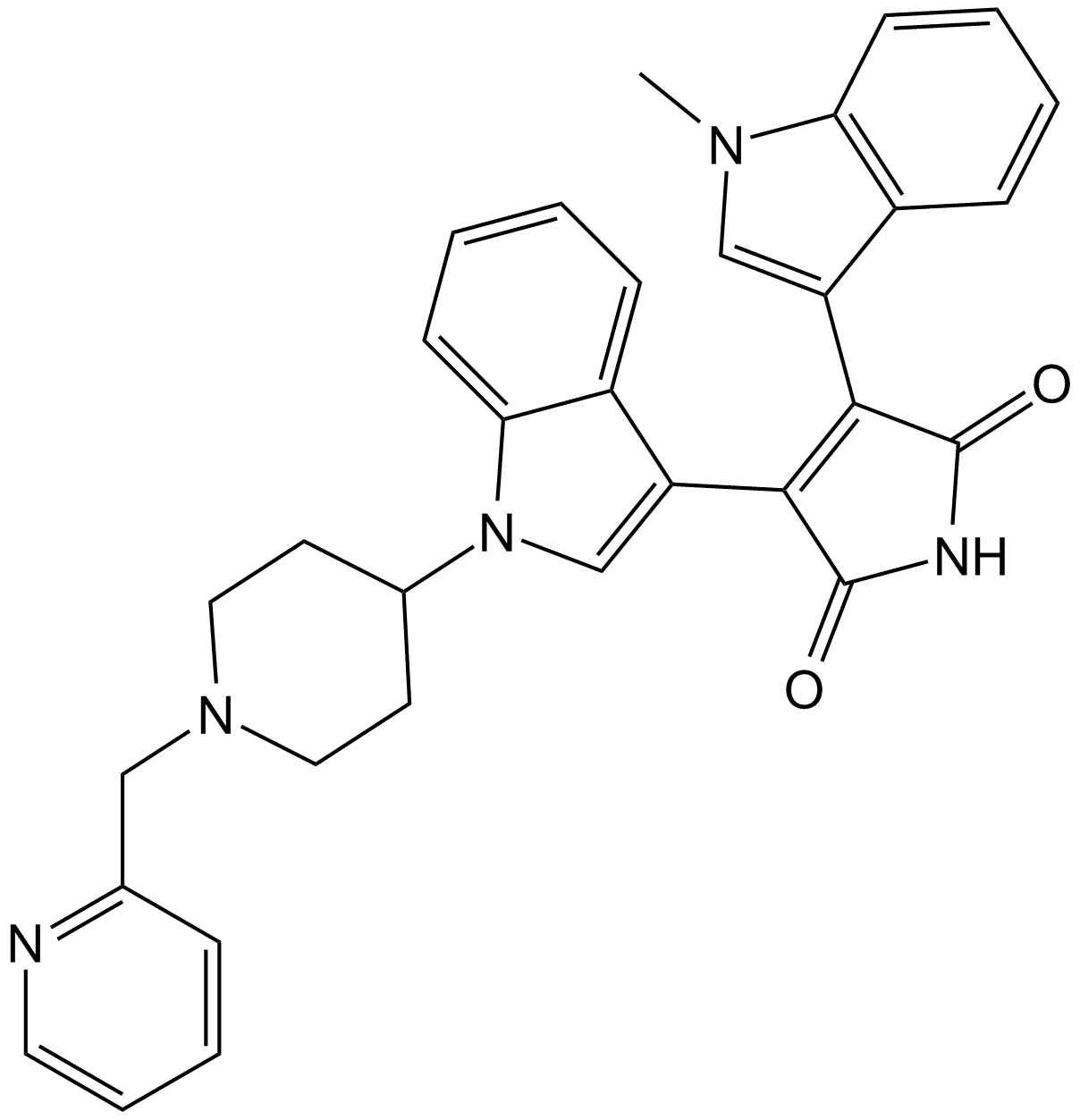
-
GC31390
EP1013 (F1013)
F1013
EP1013 (F1013) (F1013) هو مثبط انتقائي واسع الطيف لكاسبيز ، يستخدم في البحث عن مرض السكري من النوع 1.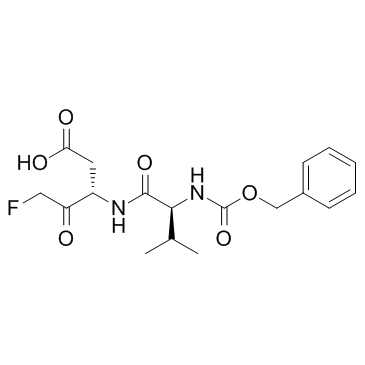
-
GC11834
Epibrassinolide
EBL, 24-Epibrassinolide
Epibrassinolide (24-Epibrassinolide) هو هرمون نمو نباتي موجود في كل مكان ويظهر إمكانات كبيرة للتخفيف من إجهاد المعادن الثقيلة والمبيدات في النباتاتEpibrassinolide هو محفز موت الخلايا المبرمج المحتمل في الخلايا السرطانية المختلفة دون التأثير على نمو الخلايا غير الورمية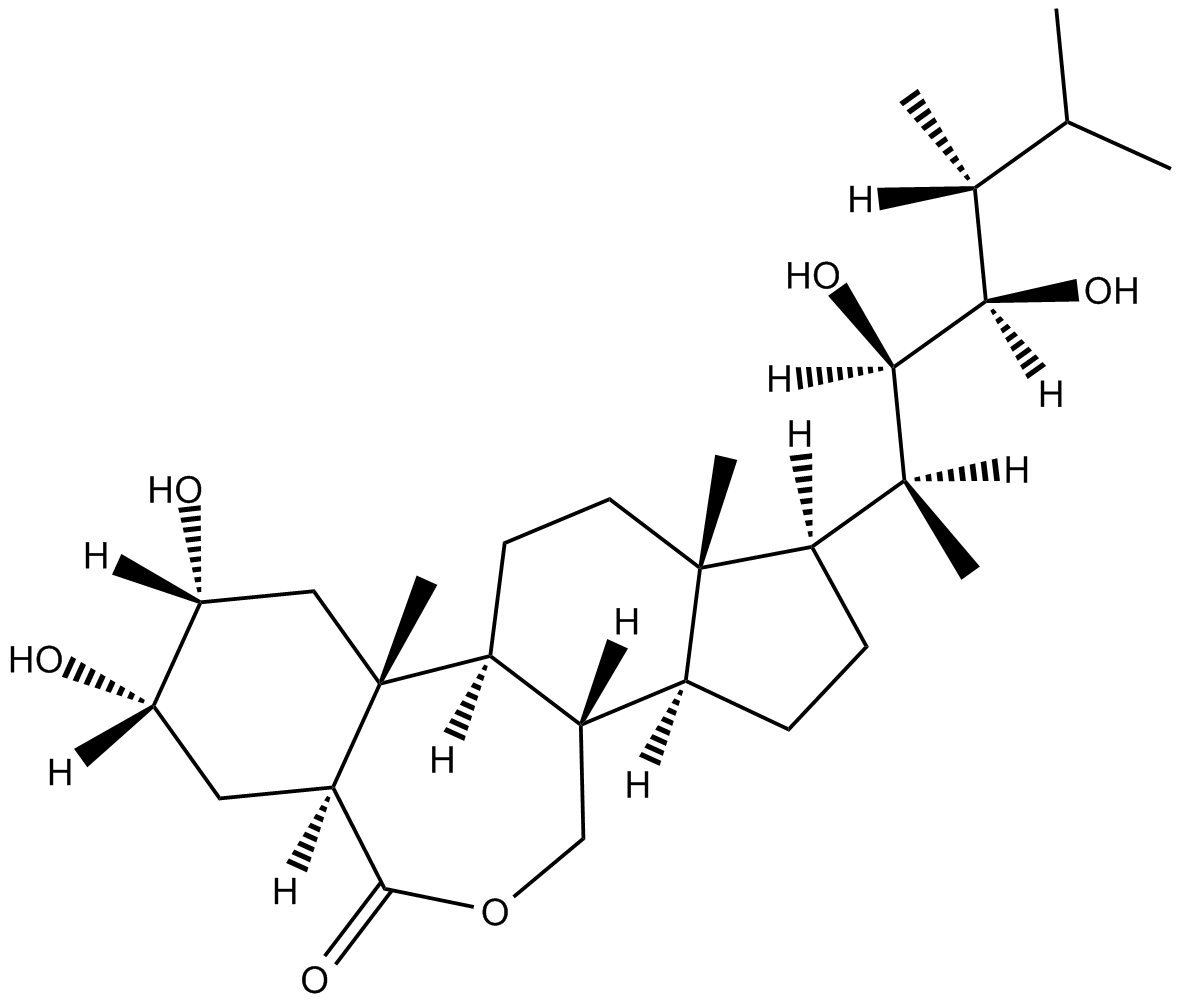
-
GC35997
Epirubicin
Epirubicin (4'-Epidoxorubicin) ، مشتق L-arabino شبه اصطناعي من دوكسوروبيسين ، له عامل مضاد للأورام عن طريق تثبيط TopoisomeraseEpirubicin يثبط تخليق DNA و RNAEpirubicin هو مثبط بروتين Forkhead box p3 (Foxp3) ويثبط نشاط الخلايا التائية التنظيمية
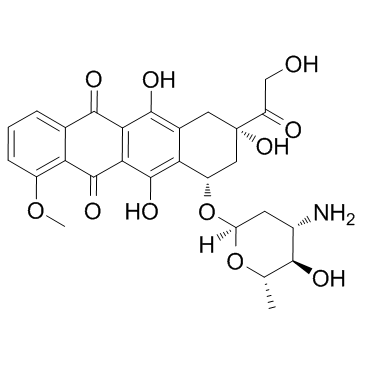
-
GC11202
Epothilone A
Epo A
Epothilone A هو مثبط تنافسي لربط [3H] باكليتاكسيل ببوليمرات التوبولين ، مع كي من 0.6-1.4 ميكرومتر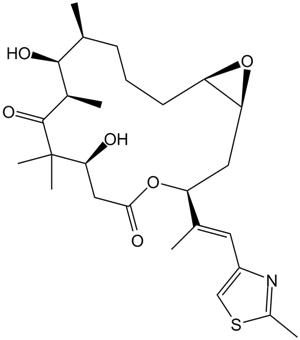
-
GC17240
Epothilone B (EPO906, Patupilone)
Epo B
Epothilone B (EPO906 ، Patupilone) هو مثبت للأنابيب الدقيقة مع Ki 0.71μ ؛ M.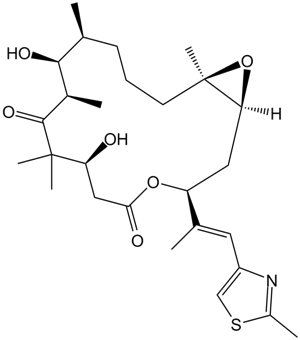
-
GC13383
EPZ004777
A potent inhibitor of DOT1L
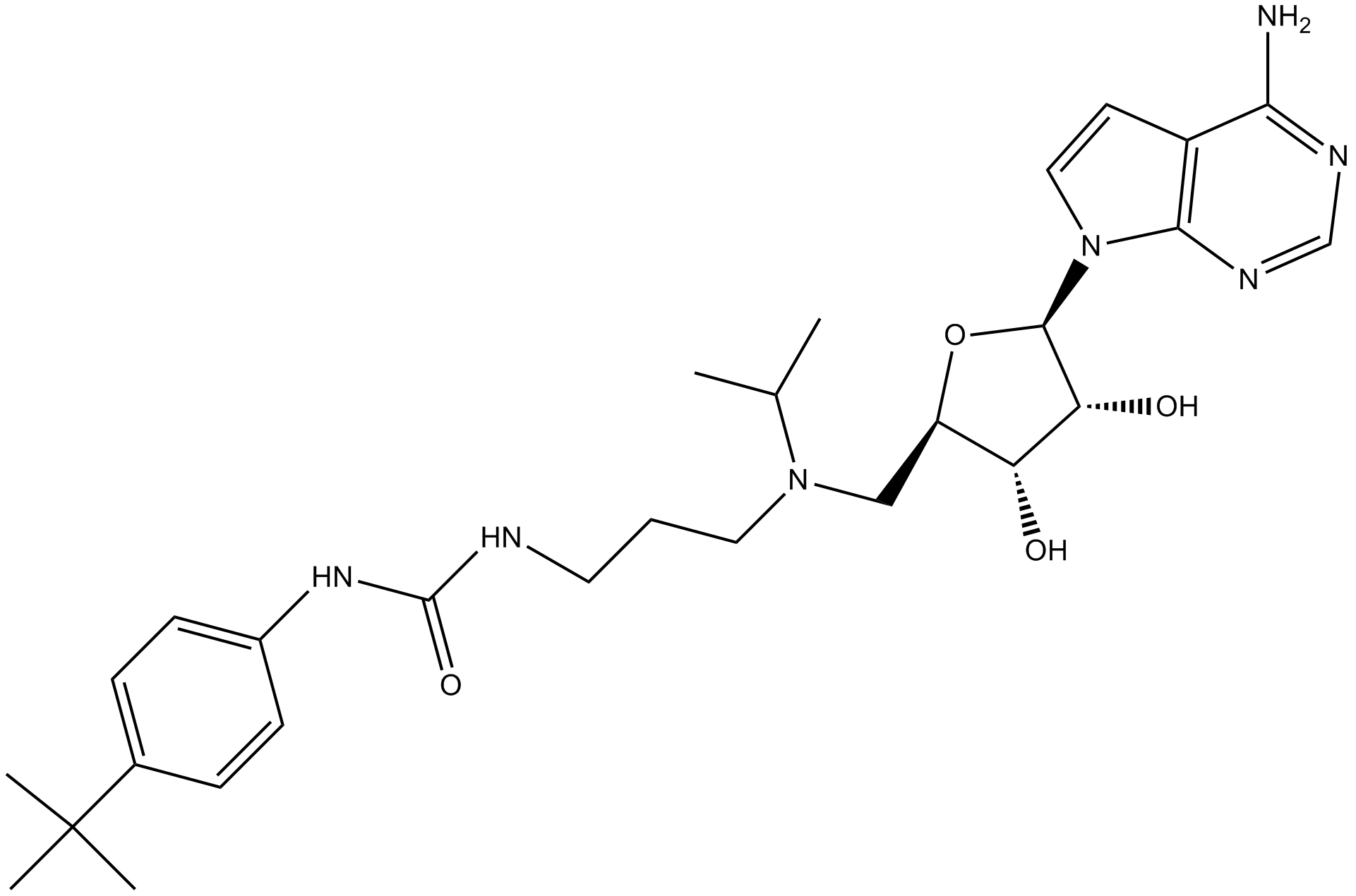
-
GC10389
ERB 041
ERB 041 (ERB-041) هو مستقبل هرمون الاستروجين الفعال والانتقائي (ER) β ؛ ناهض مع IC50s 5.4 و 3.1 و 3.7 نانومتر للإنسان والفأر والفأر ERβ ؛ ، على التوالي. شاشات ERB 041> انتقائية 200 ضعف لـ ERβ ؛ على ERα ؛. ERB 041 هو عامل وقائي كيميائي قوي لسرطان الجلد يعمل عن طريق ترطيب مسار إشارات WNT / β ؛ -الكاتينين. يستحث ERB 041 موت الخلايا المبرمج لسرطان المبيض.
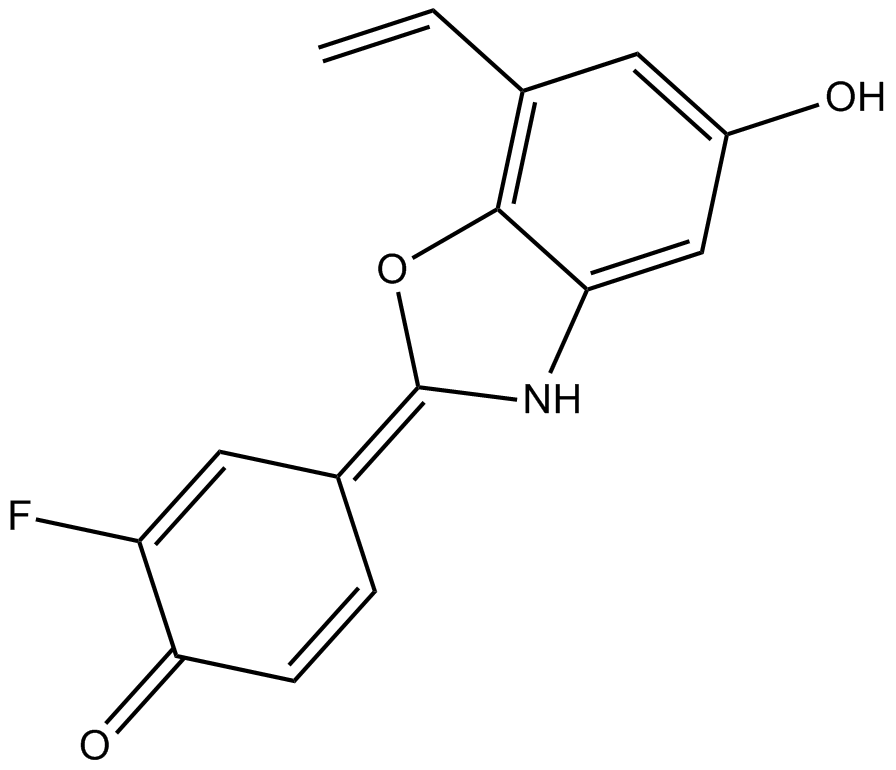
-
GC52516
Erbstatin
Antibiotic MH 435A
A tyrosine kinase inhibitor
-
GC19142
Erdafitinib
Erdafitinib
Erdafitinib (JNJ-42756493) هو مثبط قوي ومتوفر عن طريق الفم لعائلة FGFR ؛ يثبط FGFR1 / 2/3/4 مع IC50s 1.2 و 2.5 و 3.0 و 5.7 نانومتر ، على التوالي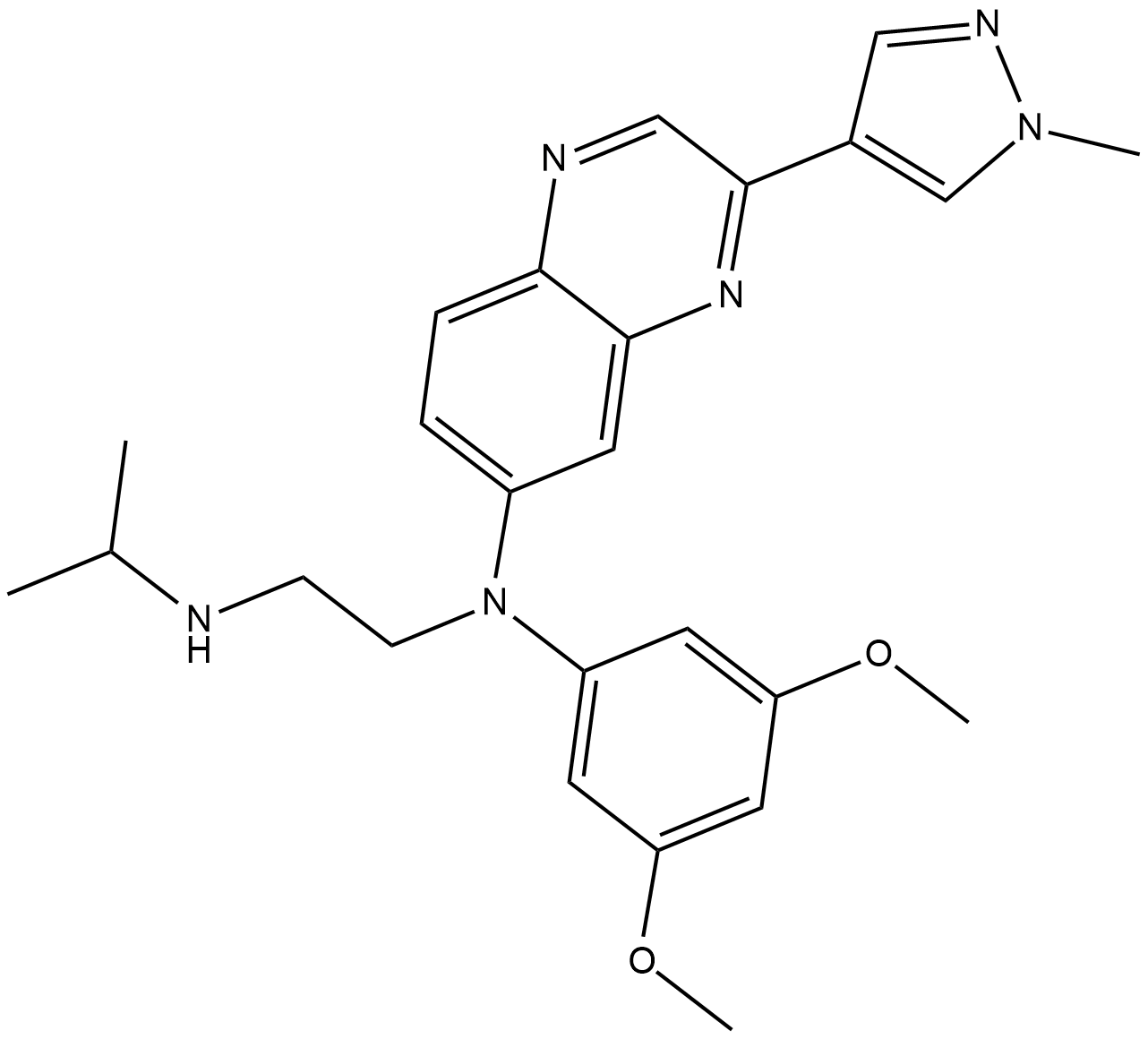
-
GC63845
Eribulin-d3 mesylate
Eribulin-d3 mesylate هو الديوتيريوم المسمى Eribulin mesylateEribulin mesylate هو عامل استهداف للأنابيب الدقيقة يستخدم في أبحاث السرطان
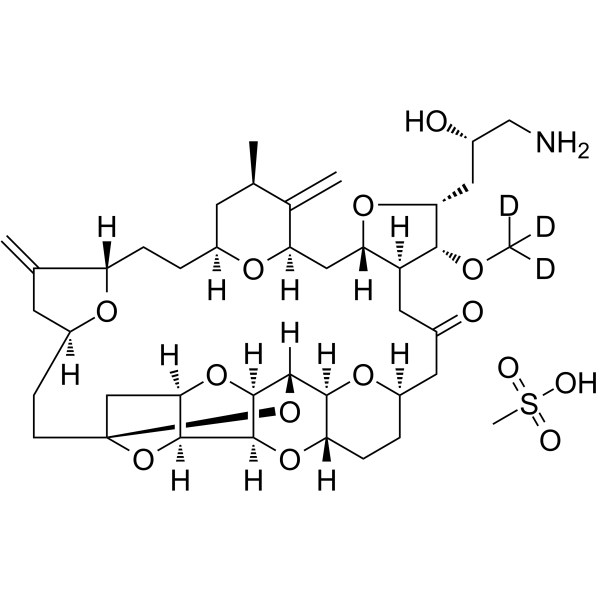
-
GC60153
Eriocalyxin B
Eriocalyxin B هو أنتي-كورين ديتيربينويد معزول من عشب صيني Isodon eriocalyx
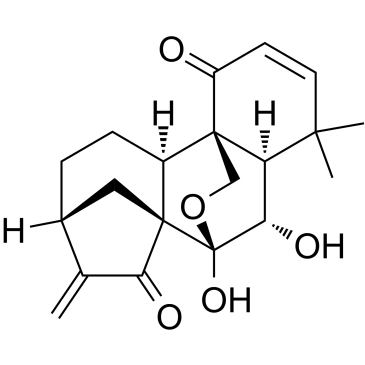
-
GC38181
Eriocitrin
Eriodictioside, Eriodictyol 7-O-rutinoside
الإريوسيترين هو فلافونويد معزول عن الليمون ، وهو عامل قوي مضاد للأكسدةيمكن أن يمنع Eriocitrin تكاثر خطوط خلايا سرطان الخلايا الكبدية عن طريق إيقاف دورة الخلية في المرحلة S من خلال التنظيم الأعلى لـ p53 و cyclin A و cyclin D3 و CDK6يتسبب الإريوسيترين في حدوث موت الخلايا المبرمج عن طريق تنشيط مسار الإشارات الجوهرية المتضمن في الميتوكوندريا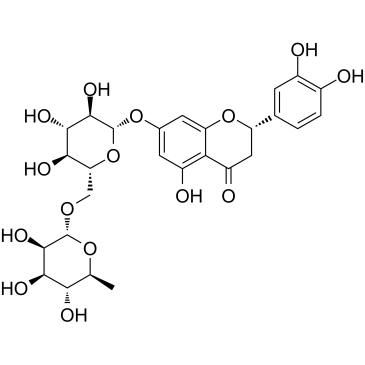
-
GN10470
Eriodictyol
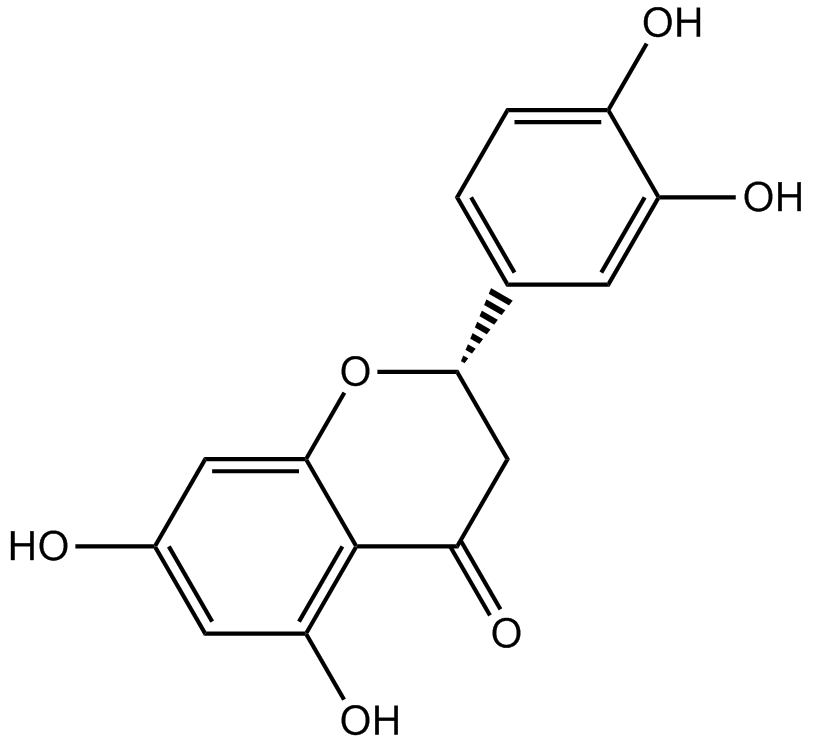
-
GC62957
Eriodictyol-7-O-glucoside
7-O-β-D-Glucopyranosyl-eriodictyol, (2S)-Eriodictyol 7-O-β-D-glucopyranoside
Eriodictyol-7-O-glucoside (Eriodictyol 7-O-β-D-glucoside) ، وهو فلافونويد ، هو زبال قوي للجذور الحرة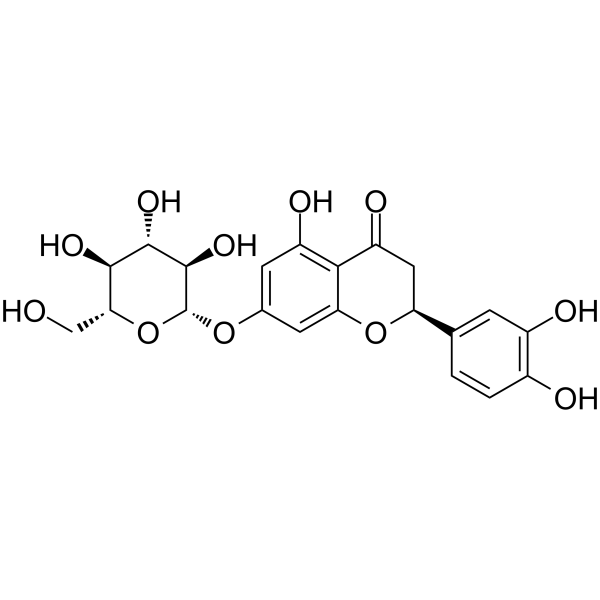
-
GC38447
Eriosematin
Eriosematin هو مركب من جذور Flemingia philippinensis مع نشاط مضاد للتكاثر وخاصية تحفيز موت الخلايا المبرمج
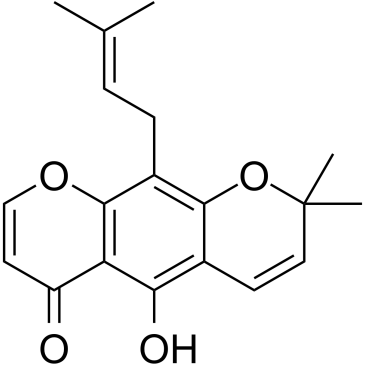
-
GC43625
Erucin
Erucin (ERU) هو isothiocyanate وفير بشكل خاص في الجرجير

-
GC11935
Escin
Escin ، مركب طبيعي من صابونين ترايتيربينويد المعزول من بذور كستناء الحصان (Aesculus hippocastanum) ، يمكن استخدامه كمضاد للالتهابات ومضاد للوذمة ومضاد للألم
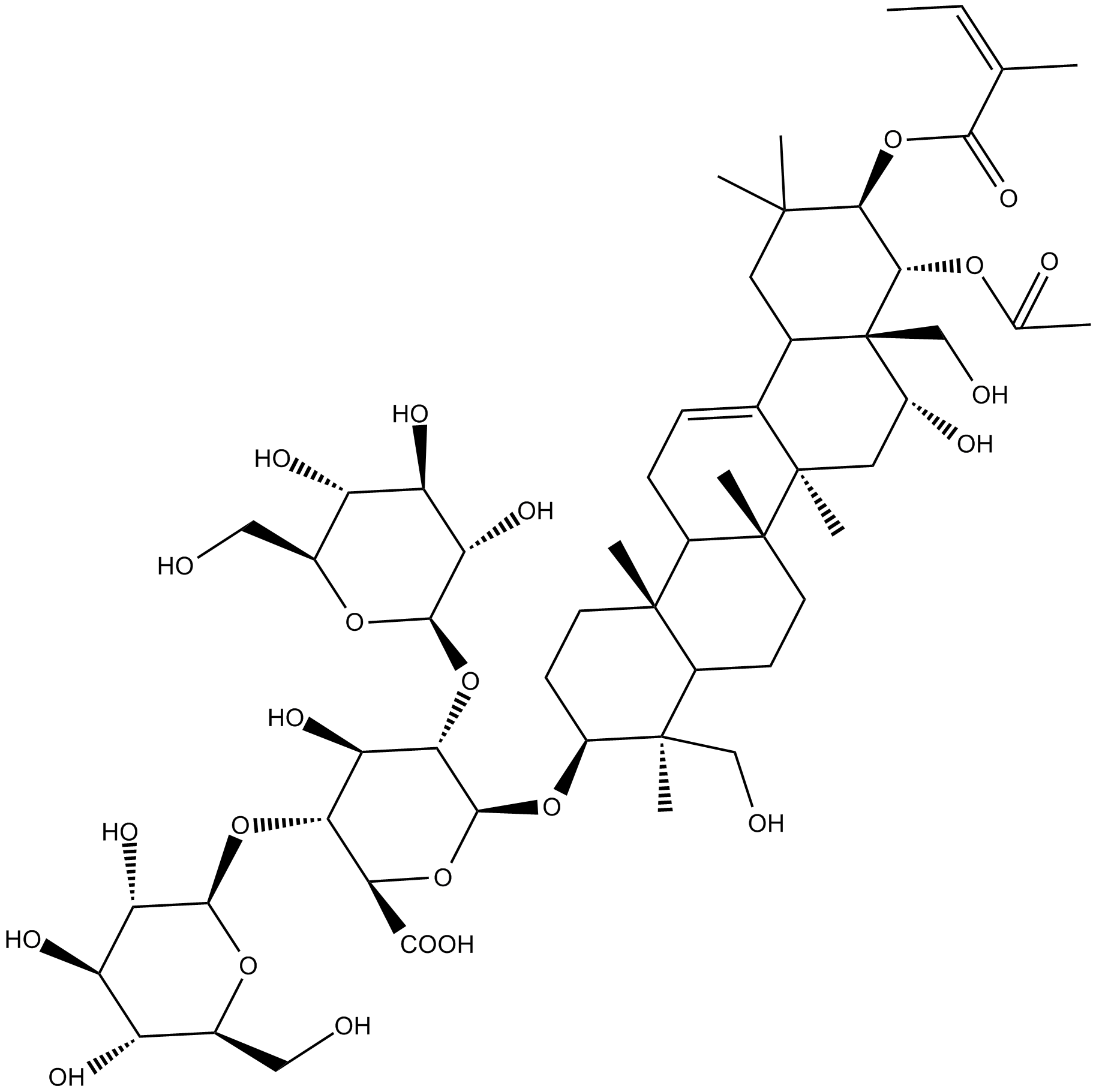
-
GC34579
Etanercept
يعمل Etanercept ، وهو بروتين انصهار خافت يربط TNF ، كمثبط لعامل TNF
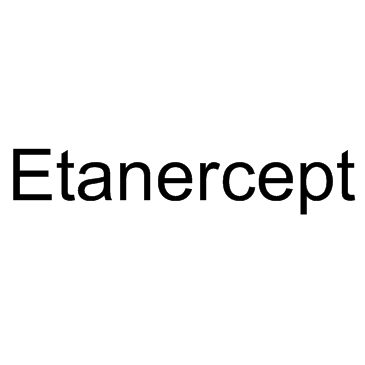
-
GC38083
Ethoxysanguinarine
Ethoxysanguinarine هو منتج طبيعي قلويد benzophenanthridine موجود بشكل رئيسي في Macleaya cordataEthoxysanguinarine هو مثبط لبروتين الفوسفاتيز 2A (CIP2A)يحث Ethoxysanguinarine على موت الخلايا المبرمج ويمنع نمو خلايا سرطان القولون والمستقيم
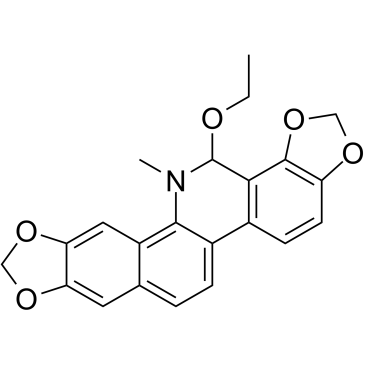
-
GC61669
Ethyl 3,4-dihydroxybenzoate
Ethyl 3،4-dihydroxybenzoate (Ethyl protocatechuate) ، أحد مضادات الأكسدة ، هو أحد مثبطات البرولايل هيدروكسيلاز الموجودة في تيستا بذور الفول السوداني
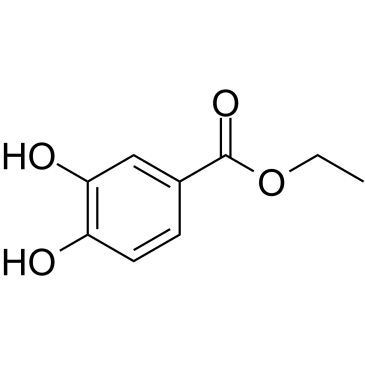
-
GC60824
Ethylene dimethanesulfonate
إيثيلين ثنائي ميثان سلفونات هو عبارة عن ثنائي ميثان سلفونيك مؤلكل خفيف وغير متطاير من جلايكول الإيثيلين
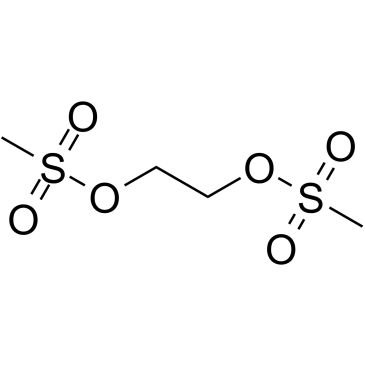
-
GC12105
Etidronate
Etidronate (Etidronate) هو ثنائي فوسفونات نشط عن طريق الفم والوريد.
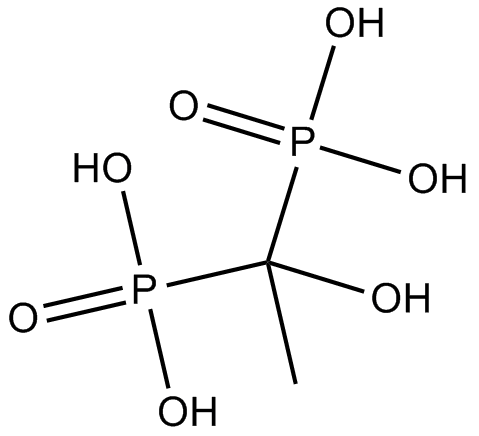
-
GC15617
Etoposide
VP-16; VP-16-213
مثبط توبو II
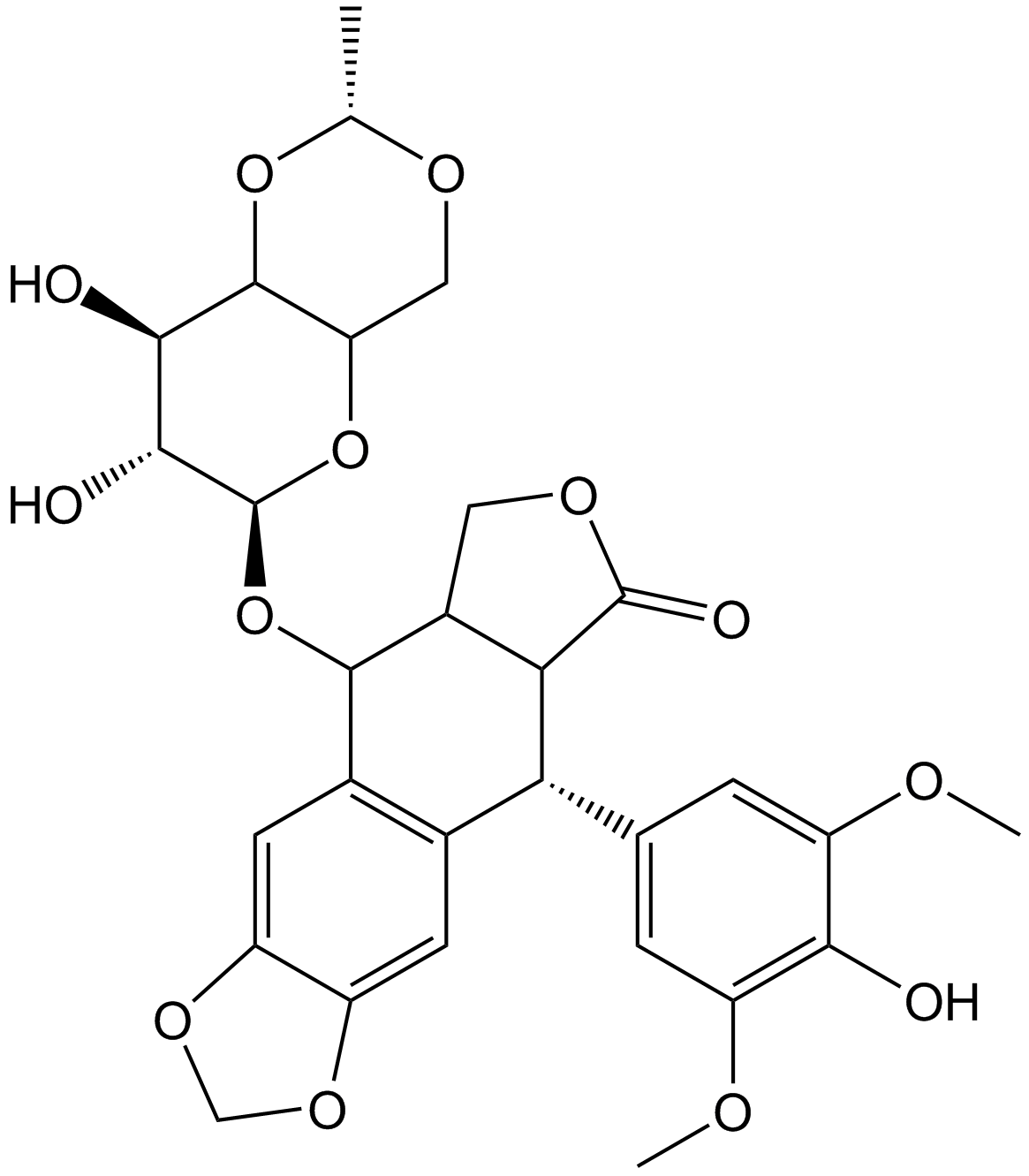
-
GC60826
Etoposide phosphate
إيتوبوسيد فوسفات (BMY-40481) هو عامل علاج كيميائي قوي مضاد للسرطان ومثبط انتقائي توبويزوميراز II لمنع إعادة ربط خيوط الحمض النووي
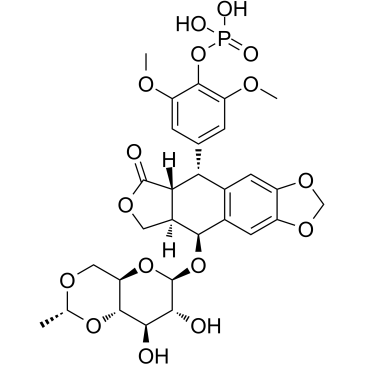
-
GC10855
Etretinate
Ro 10-9359, Tegison
Etretinate (Ro 10-9359) هو الجيل الثاني من الريتينويد الذي لديه القدرة على علاج الصدفية الشديدة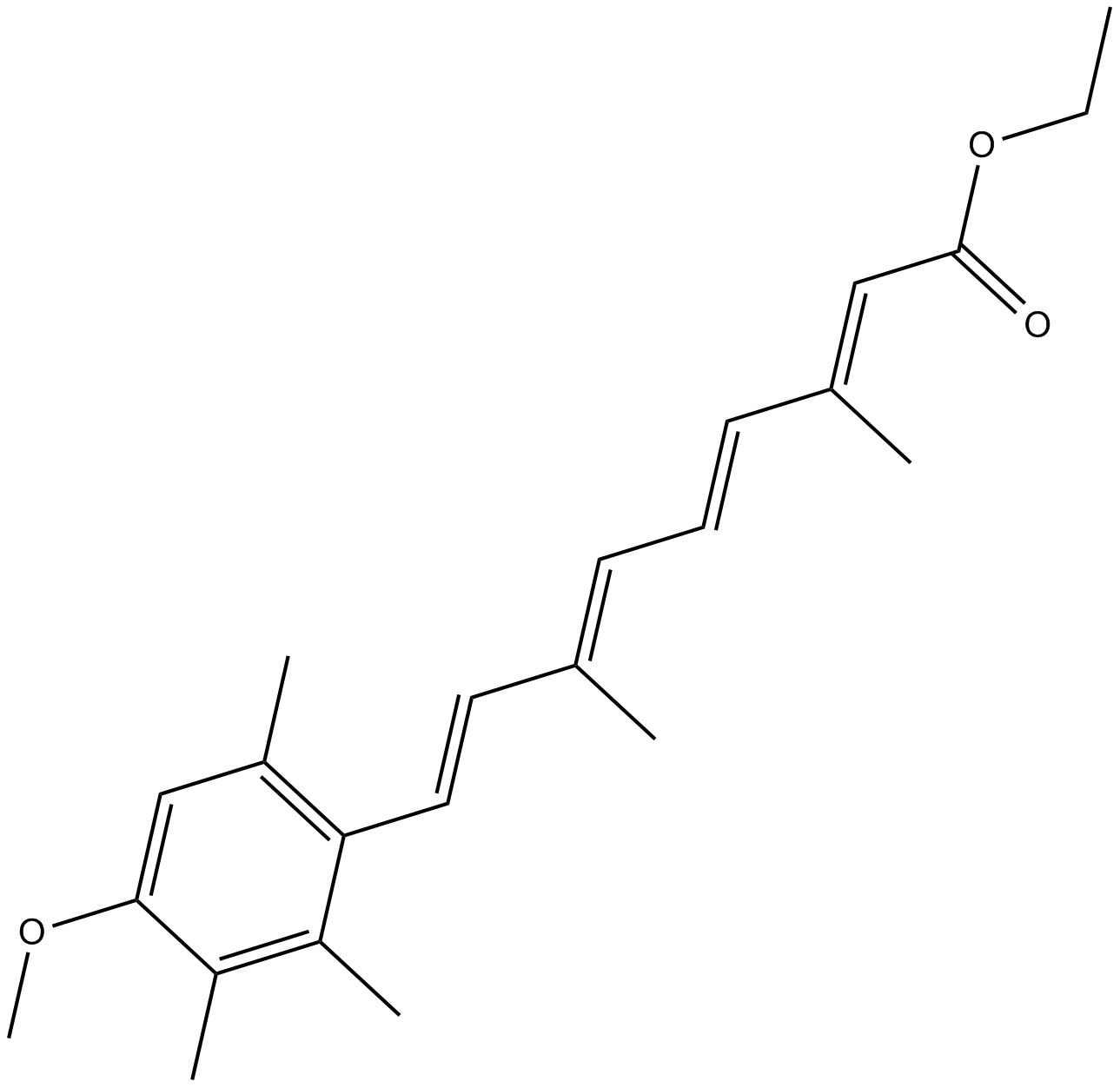
-
GC30910
Eucalyptol (1,8-Cineole)
NSC 6171
A bicyclic monoterpene with diverse biological activities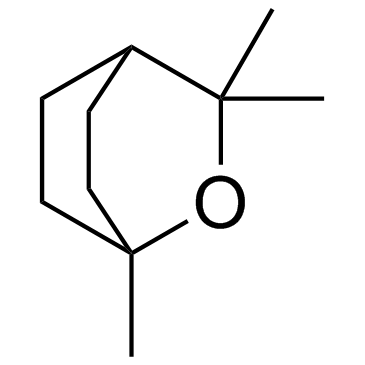
-
GC16517
Eugenol
الأوجينول هو زيت أساسي موجود في القرنفل مع نشاط مضاد للبكتيريا وطارد للديدان ومضاد للأكسدة
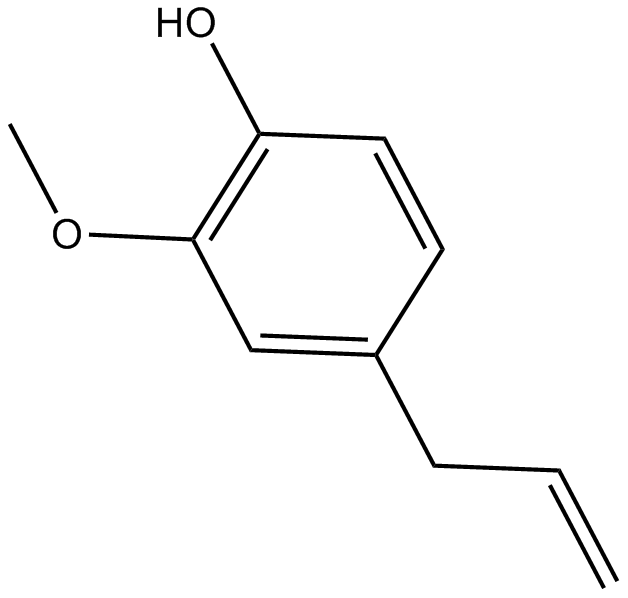
-
GC43643
Eupenifeldin
Eupenifeldin هو بيستروبولون خماسي الحلقي معزول من مزارع Eupenicillium brefeldianum ATCC 74184. Eupenifeldin سام للخلايا ضد خط الخلايا HCT-116يمتلك Eupenifeldin القدرة على البحث عن سرطان الدم

-
GC38165
Euphorbia Factor L1
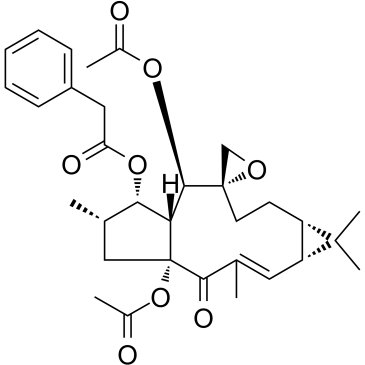
-
GC60157
Euphorbia Factor L2
تم استخدام عامل الفربيون L2 ، وهو دتيربينويد لايراني معزول من بذور نبتة الفربيون (بذور الفربيون اللاثيريس L.) ، بشكل تقليدي لعلاج السرطان. يُظهر عامل الفربيون L2 سمية خلوية قوية ويؤدي إلى موت الخلايا المبرمج عبر مسار الميتوكوندريا.
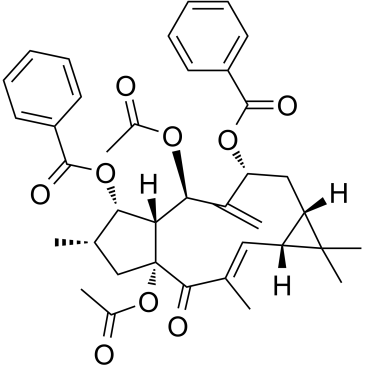
-
GC38392
Euscaphic acid
حمض Euscaphic ، مثبط DNA بوليميراز ، هو triterpene من جذر R. alceaefolius Poirيثبط Euscaphic بوليميريز DNA العجل α (pol α) وبوليميراز DNA الجرذ β (pol) بقيم IC 50 من 61 و 108 ميكرومترحمض اليوسكافيك يحث على موت الخلايا المبرمج
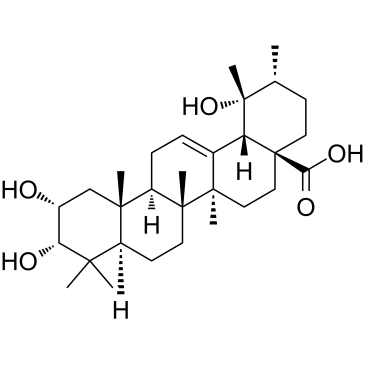
-
GC13601
Everolimus (RAD001)
RAD001
مشتق راباميسين
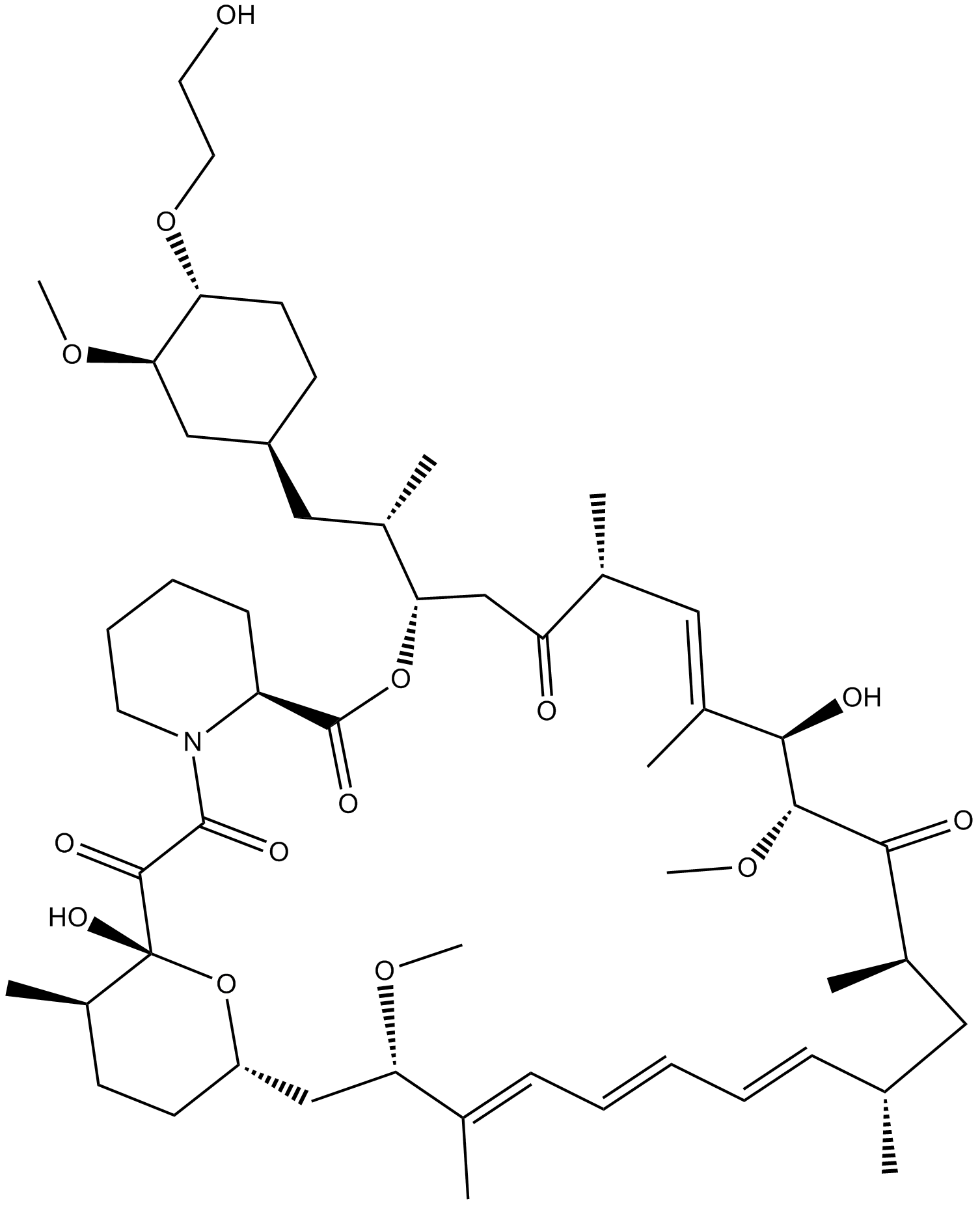
-
GC15605
Ezetimibe
Ezetrol, SCH 58235
Ezetimibe (SCH 58235) هو مثبط قوي لامتصاص الكوليسترول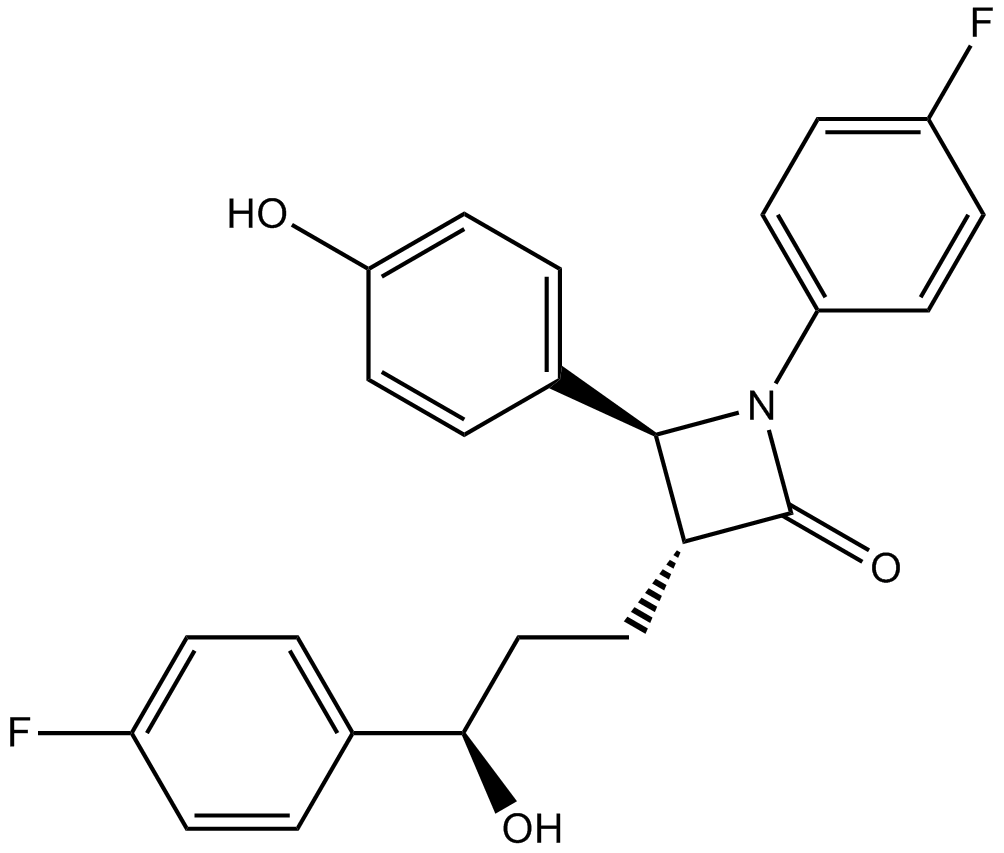
-
GC60159
Ezetimibe ketone
Ezetimibe ketone (EZM-K) هو مستقلب في المرحلة الأولى من Ezetimibe
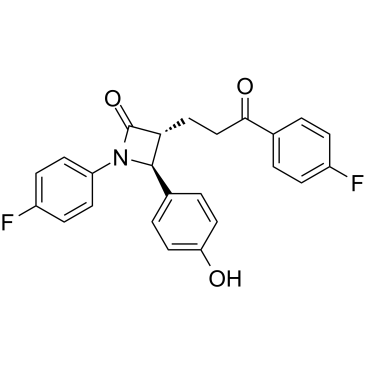
-
GC66354
Ezetimibe-d4-1
SCH 58235-d4-1
Ezetimibe-d4 هو الديوتيريوم المسمى Ezetimibe. Ezetimibe (SCH 58235) هو مثبط قوي لامتصاص الكوليسترول. Ezetimibe هو مثبط Niemann-Pick C1-like1 (NPC1L1) ، وهو منشط قوي لـ Nrf2.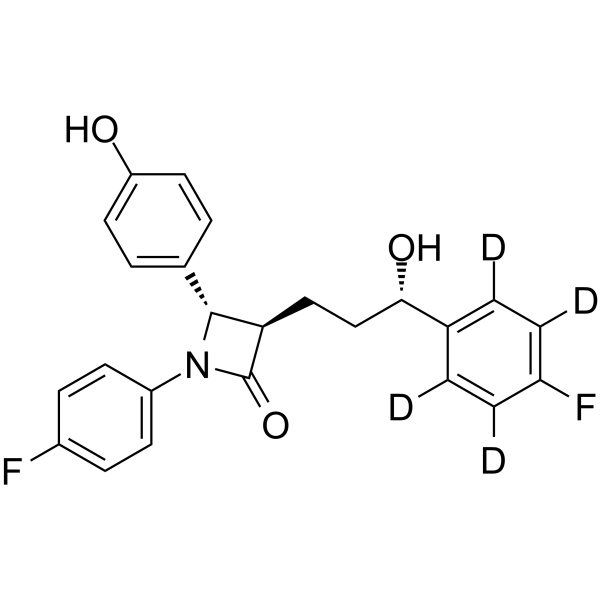
-
GC14791
F16
F16 هو مثبط قوي لنمو الخلايا الجديدة المفرطة في التعبير كما أنه يمنع بشكل انتقائي تكاثر الظهارة الثديية بالإضافة إلى مجموعة متنوعة من أورام الفئران الثديية وخلايا سرطان الثدي البشري
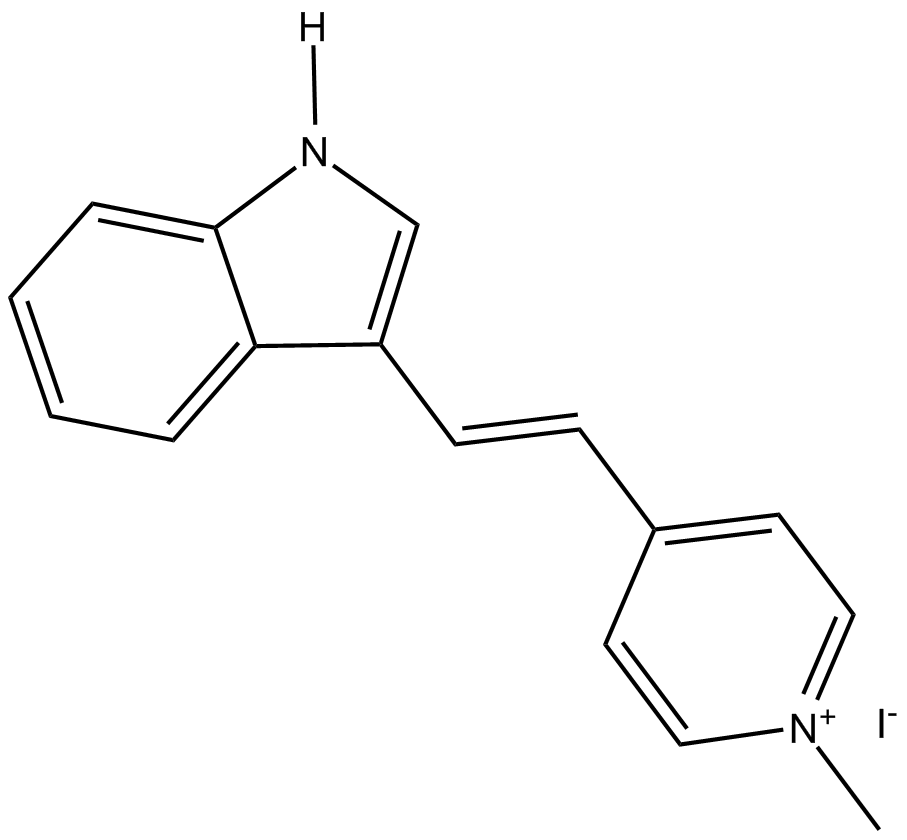
-
GC62203
Falcarindiol
فالكارينديول ، أوكسيليبين متعدد الأسيتيلين النشط عن طريق الفم ، ينشط PPARγ ويزيد من التعبير عن ناقل الكوليسترول ABCA1 في الخلايا
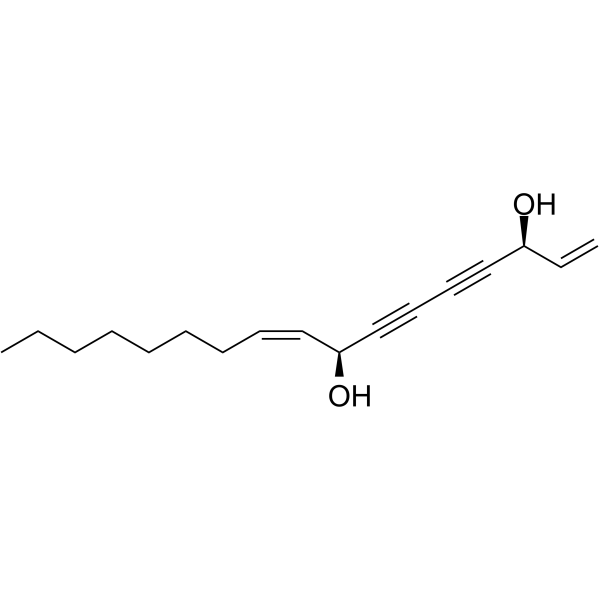
-
GC38437
Fangchinoline
7-O-Demethyltetrandrine, Hanfangchin B, NSC 77036
An alkaloid with diverse biological activities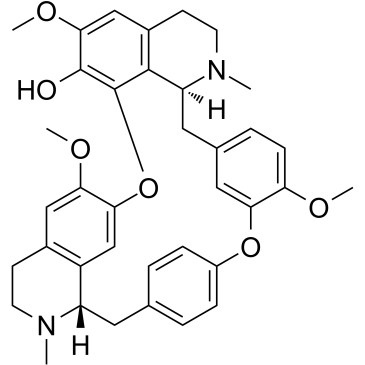
-
GC60836
Fenobucarb
الفينوبوكارب مبيد حشري كرباماتي
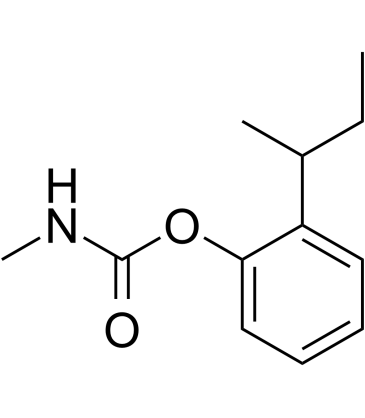
-
GC14499
Fenoprofen calcium hydrate
فينوبروفين كالسيوم هيدرات هو عامل مضاد للالتهاب غير ستيرويدي
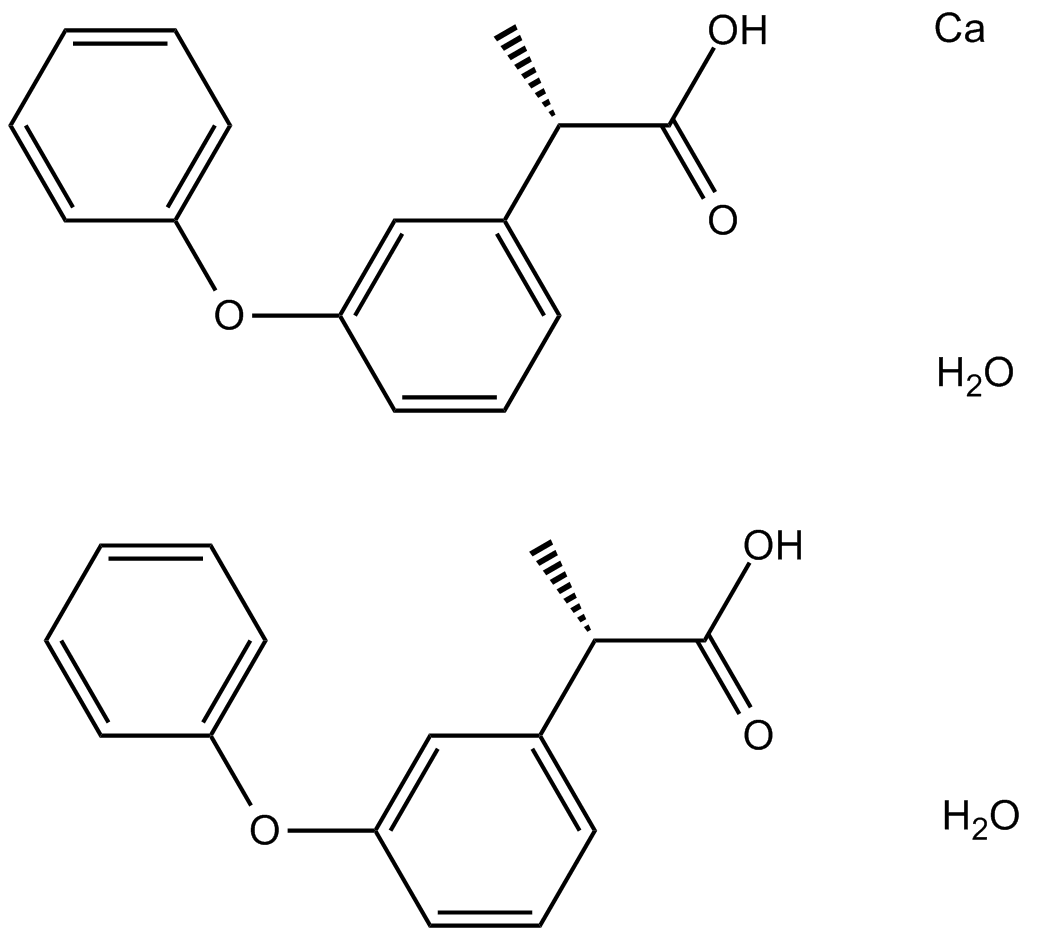
-
GC18641
Ferutinin
فيروتينين ، مركب تربينويد طبيعي ، هو ناهض / ناهض / ناهض لمستقبلات هرمون الاستروجين ERβ مع IC50s من 33.1 نانومتر و 180.5 نانومتر ، على التوالي
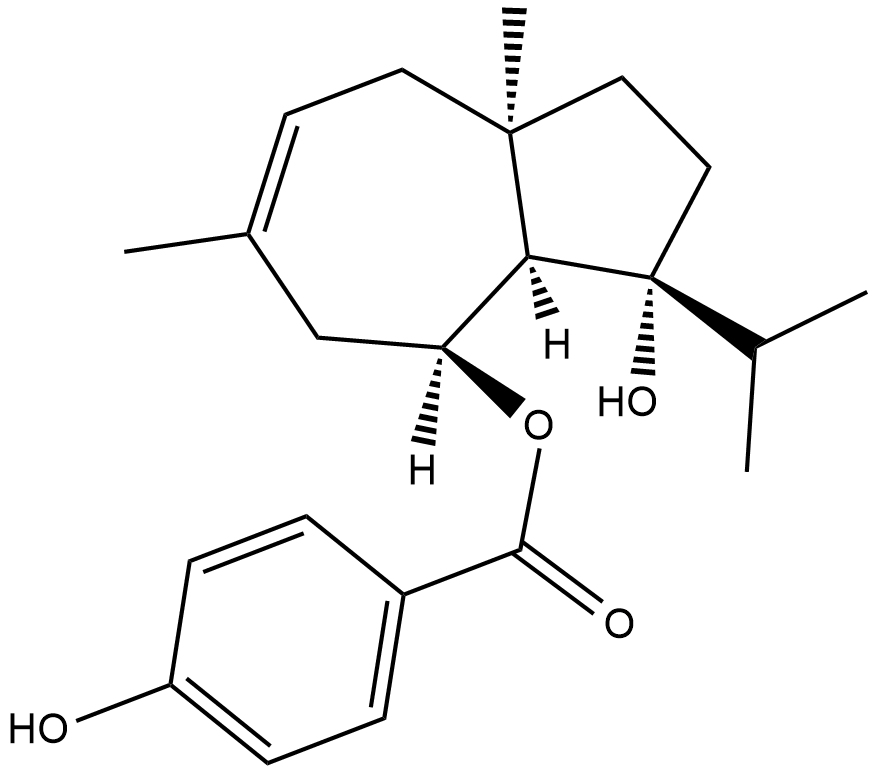
-
GC12940
Fidaxomicin
Clostomicin B1, Lipiarmycin, OPT-80, PAR-101, Tiacumicin B
فيداكسوميسين (OPT-80) ، مضاد حيوي كبير الحلقات ، هو مثبط فعال وفعال لبوليميراز الحمض النووي الريبي عن طريق الفم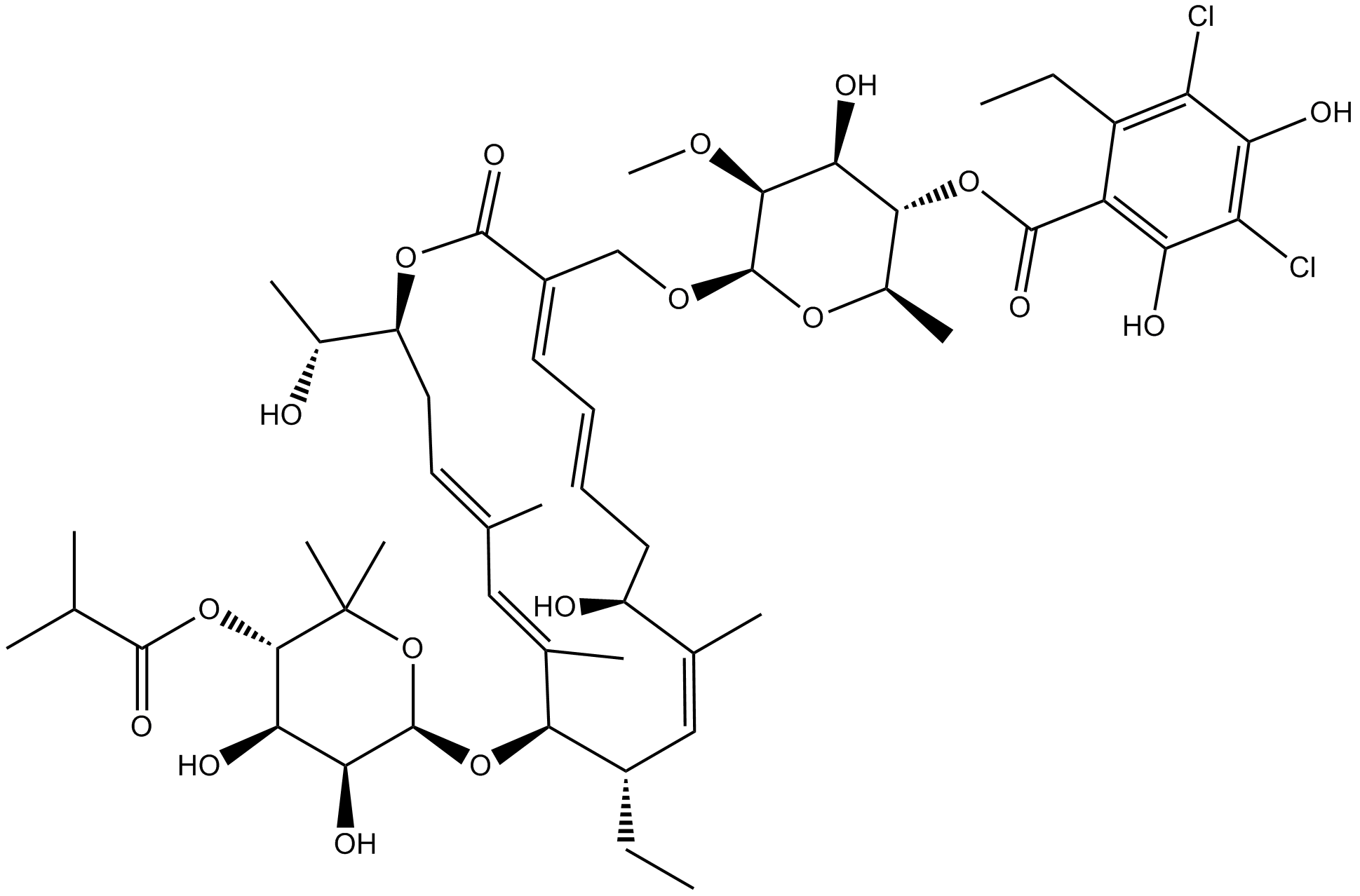
-
GC36046
Fimasartan
Fimasartan (BR-A-657) هو أحد مضادات مستقبلات الأنجيوتنسين 2 غير الببتيدية المستخدمة في علاج ارتفاع ضغط الدم وفشل القلب
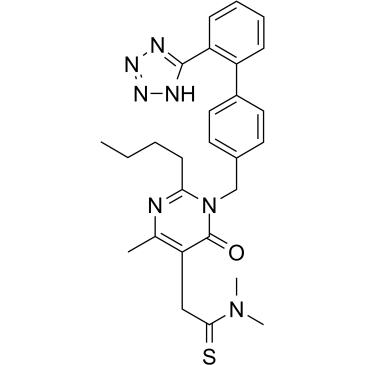
-
GN10030
Fisetin
CI-75620, NSC 407010, NSC 656275
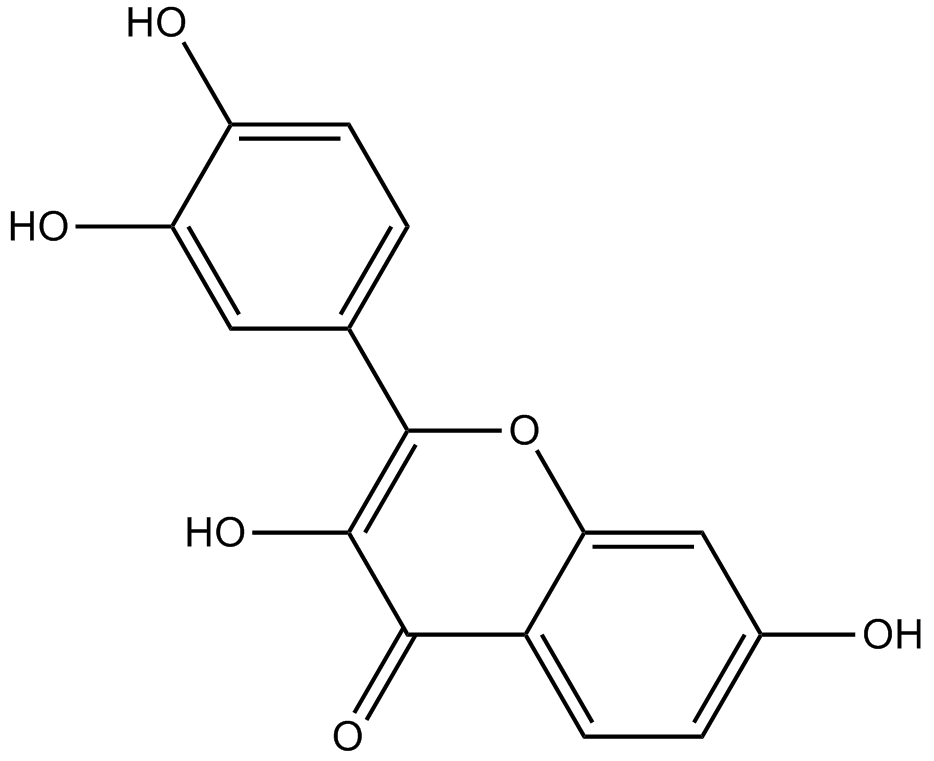
-
GC49344
Fisetin-d5
An internal standard for the quantification of fisetin

-
GC60845
Flavokawain A
Flavokavain A, 4-methoxy Flavokawain B
Flavokawain A ، عامل مضاد للسرطان واعد ، هو شالكون من مستخلص الكافا مع نشاط مضاد للورميحفز Flavokawain A موت الخلايا المبرمج عن طريق إشراك مسار موت الخلايا المبرمج المعتمد على بروتين Bax والمعتمد على الميتوكوندريايمتلك Flavokawain A القدرة على دراسة سرطان المثانة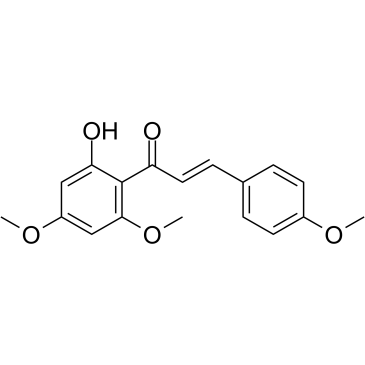
-
GC41261
Flavokawain B
Flavokawain B (Flavokavain B) عبارة عن شالكون معزول من مستخلصات جذور نبات الكافا-كافا ومحفز قوي لموت الخلايا المبرمج لتثبيط نمو سلالات الخلايا السرطانية المختلفةيُظهر Flavokawain B (Flavokavain B) نشاطًا قويًا مضادًا لتكوّن الأوعيةيمنع Flavokawain B (Flavokavain B) هجرة الخلايا البطانية للدماغ البشري (HUVEC) وتشكيل الأنبوب بتركيزات منخفضة جدًا وغير سامة

-
GC36050
Flavokawain C
Flavokawain C هو شالكون طبيعي موجود في جذر الكافايمارس Flavokawain C السمية الخلوية ضد خطوط الخلايا السرطانية البشرية ، مع IC50 من 12.75 ميكرومتر لخلايا HCT 116
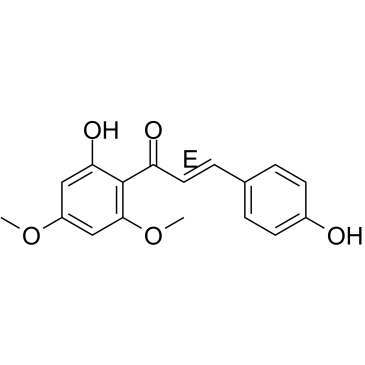
-
GC16875
FLLL32
JAK2 Inhibitor X
FLLL32 ، نظير اصطناعي للكركومينا ، هو مثبط مزدوج JAK2 / STAT3 مع نشاط مضاد للورميمكن أن يمنع FLLL32 تحريض الفسفرة STAT3 بواسطة IFNα و IL-6 في خلايا سرطان الثدي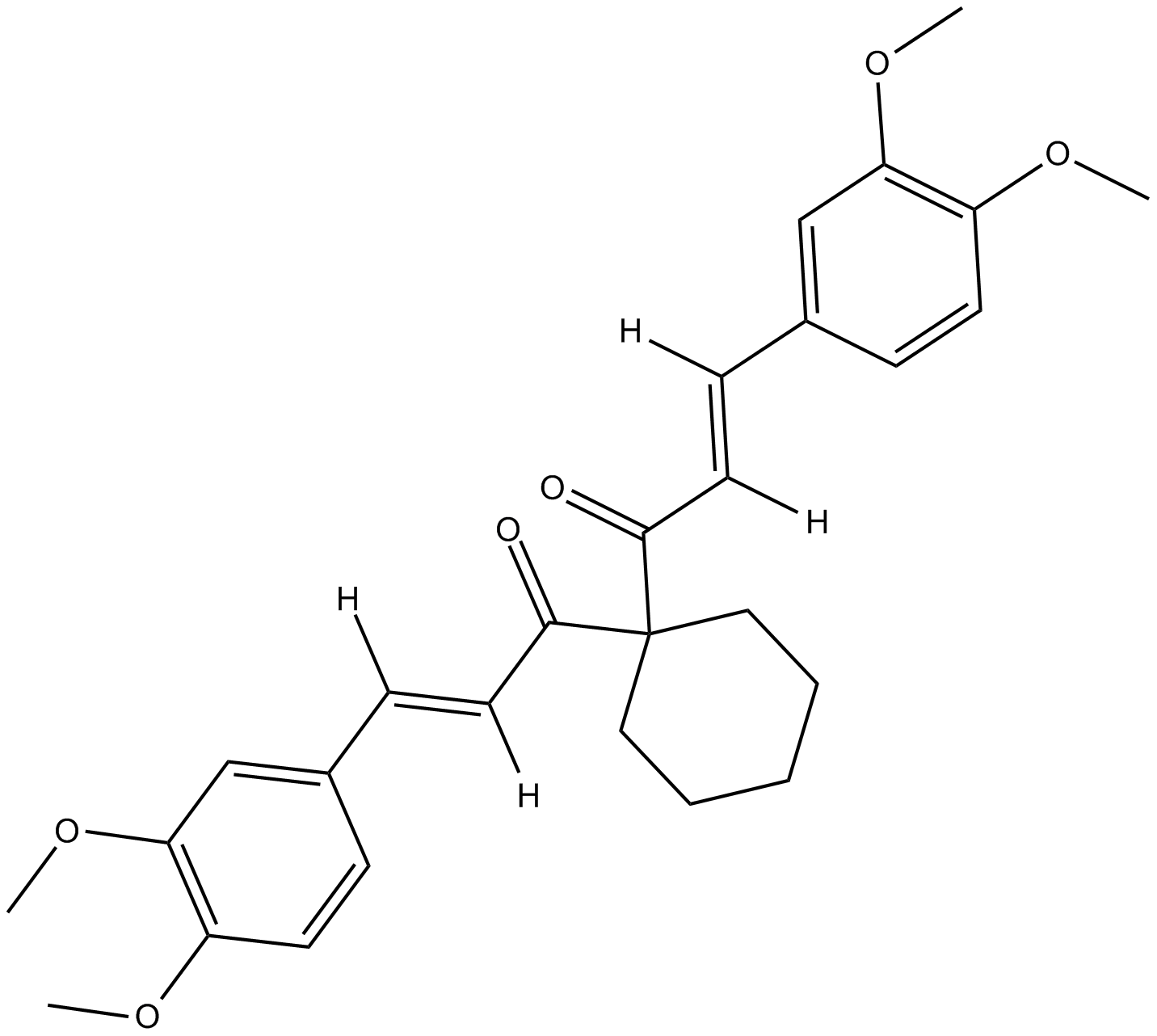
-
GC13210
Flubendazole
NSC 313680, R-17889, R-17899
Flubendazole هو دواء مضاد للديدان آمن وفعال ، يستخدم على نطاق واسع للديدان للإنسان والقوارض والحيوانات المجترة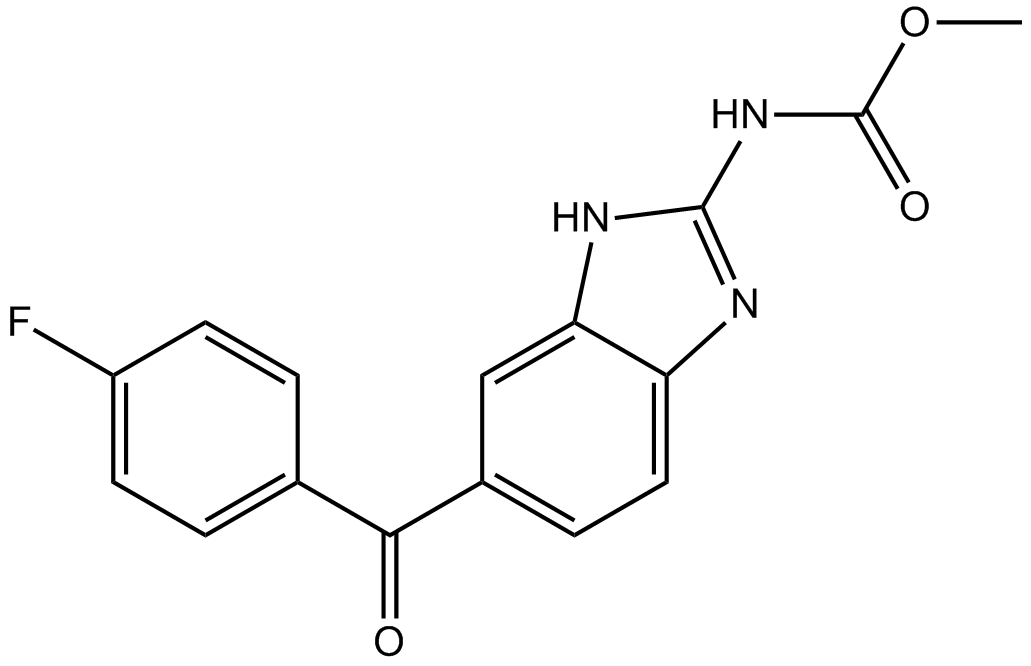
-
GC14144
Fludarabine
2-fluoro-ara-A, NSC 118218
فلودارابين (NSC 118218) هو مثبط تخليق الحمض النووي وتناظرية البيورين المفلورة مع نشاط مضاد الأورام في الأورام الخبيثة التكاثرية اللمفاويةيثبط فلودارابين التنشيط الناجم عن السيتوكين لنسخ الجين المعتمد على STAT1 و STAT1 في الخلايا الليمفاوية العادية أو المنشطة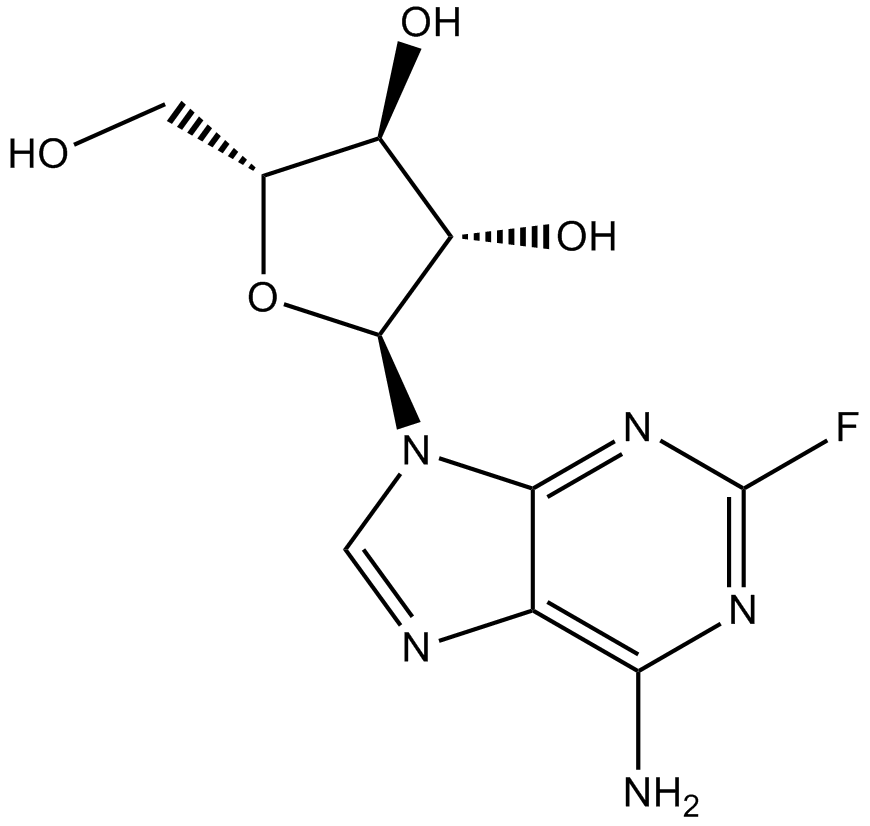
-
GC15134
Fludarabine Phosphate (Fludara)
Fludura
فلودارابين (فوسفات) هو نظير للأدينوزين وديوكسيادينوسين ، وهو قادر على التنافس مع dATP للاندماج في الحمض النووي وتثبيط تخليق الحمض النووي.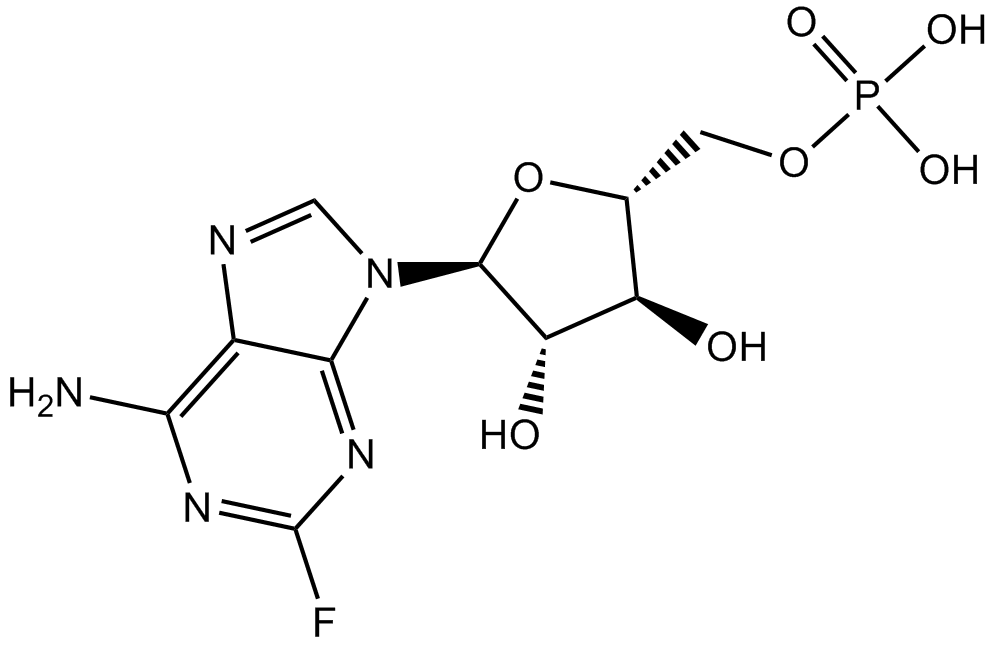
-
GC48827
Flufenamic Acid-d4
FFA-d4, Fluphenamic Acid-d4
An internal standard for the quantification of flufenamic acid
-
GC62167
Fluorizoline
يرتبط الفلوريزولين بشكل انتقائي ومباشر بحظر 1 (PHB1) و 2 (PHB2) ، ويؤدي إلى موت الخلايا المبرمجيقلل الفلوريزولين من حيوية خلايا سرطان الدم الليمفاوي المزمن (CLL) من خلال تنظيم NOXA و BIMيمارس الفلوريزولين تأثيرًا مضادًا للورم بطريقة مستقلة عن البروتين p53
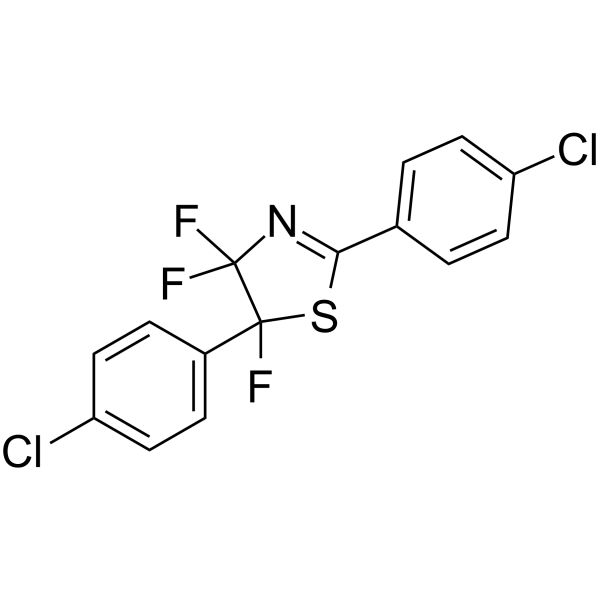
-
GC43689
Fluphenazine-N-2-chloroethane (hydrochloride)
Fluphenazine-N-mustard, FNM, FPCE, SKF-7171A
Fluphenazine is a traditional antipsychotic compound that tightly binds the dopamine D2 receptor (Ki = 0.55 nM) and also reversibly inhibits calmodulin at micromolar concentrations.
-
GC16880
Flurbiprofen
Ansaid
Flurbiprofen (dl-Flurbiprofen) هو عامل فعال مضاد للالتهابات غير ستيرويدي فعال عن طريق الفم (NSAIA / NSAID) ، مع أنشطة خافضة للحرارة ومسكنة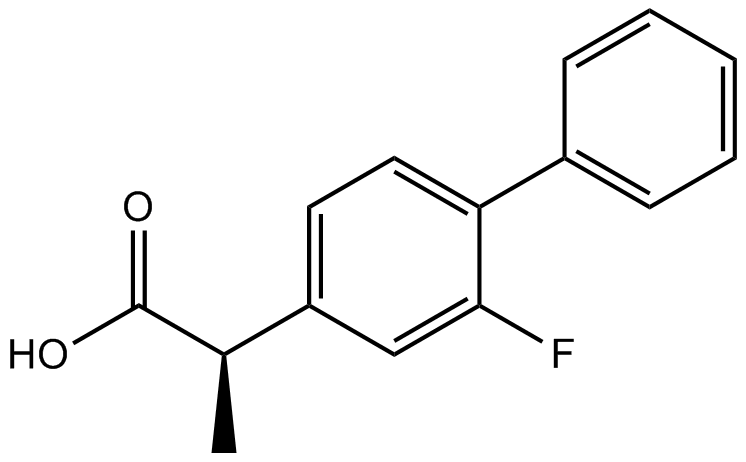
-
GC48831
Flutamide-d7
SCH 13521-d7
يسمى Flutamide-d7 الديوتيريوم Flutamide.
-
GC49126
Folitixorin
5,10-Methylenetetrahydrofolic Acid, 5,10-methyl THF
Folitixorin (5،10-methylenetetrahydrofolate) هو عامل مساعد ونظير من leucovorinFolitixorin هو عامل واعد لتعديل السمية الخلوية 5-FU في أبحاث السرطان المساعدة
-
GN10527
Formononetin
Biochanin B, NSC 93360
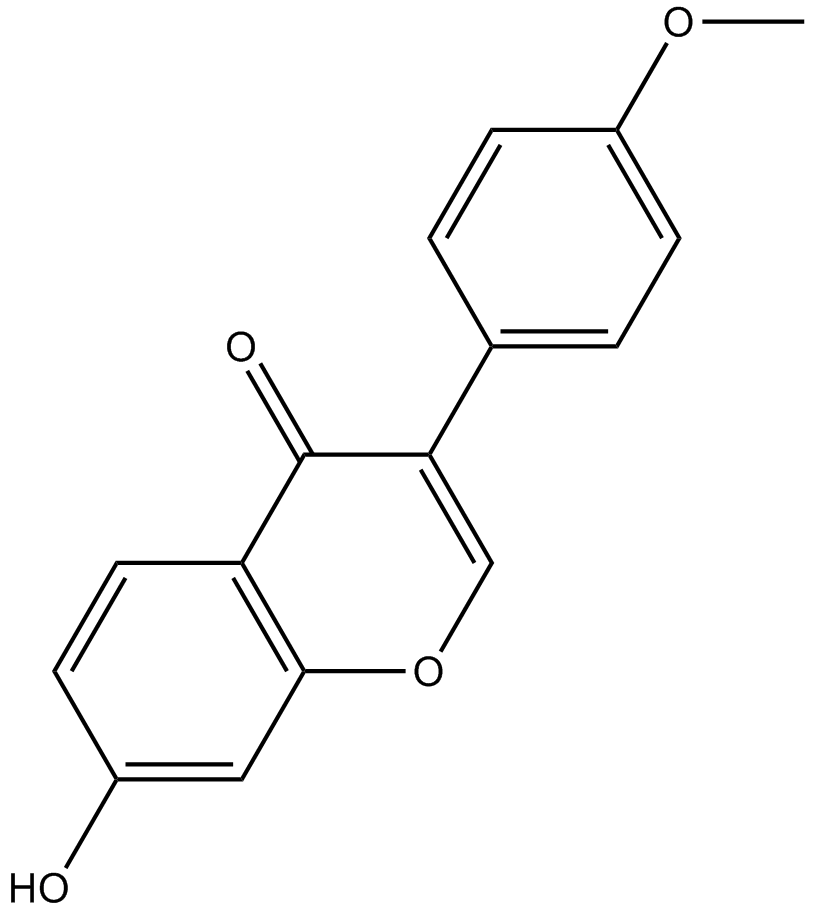
-
GC36065
Formosanin C
Formosanin C هو ديوسجينين سابونين معزول من Paris formosana Hayata ومعدّل مناعي مع نشاط مضاد للأوراميحفز Formosanin C موت الخلايا المبرمج
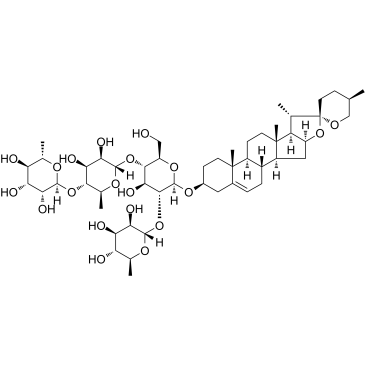
-
GC33029
Forodesine (BCX-1777 freebase)
BCX-1777, Immucillin H
Forodesine (BCX-1777 freebase) (BCX-1777) هو مثبط فوسفوريلاز نيوكليوسيد نيوكليوسيد (PNP) قوي للغاية ونشط عن طريق الفم مع قيم IC تتراوح من 0.48 إلى 1.57 نانومتر للإنسان والفأر والجرذ والقرد والكلب PNP. Forodesine (BCX-1777 freebase) هو مثبط قوي لتكاثر الخلايا الليمفاوية البشرية. يمكن أن يؤدي Forodesine (BCX-1777 freebase) إلى موت الخلايا المبرمج في خلايا سرطان الدم عن طريق زيادة مستويات dGTP.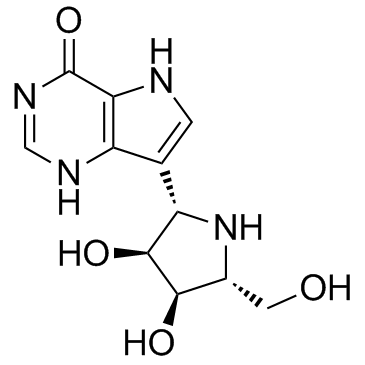
-
GC32708
Forodesine hydrochloride (BCX-1777)
BCX-1777 hydrochloride; Immucillin-H hydrochloride
هيدروكلوريد فوروديسين (BCX-1777) (BCX-1777 هيدروكلوريد) هو مثبط فوسفوريلاز نيوكليوسيد نيوكليوسيد (PNP) قوي للغاية وفعال عن طريق الفم مع قيم IC تتراوح من 0.48 إلى 1.57 نانومتر للإنسان والفأر والجرذ والقرد والكلب PNP. هيدروكلوريد الفوروديسين (BCX-1777) هو مثبط قوي لتكاثر الخلايا الليمفاوية البشرية. هيدروكلوريد فوروديسين (BCX-1777) يمكن أن يحفز موت الخلايا المبرمج في خلايا سرطان الدم عن طريق زيادة مستويات dGTP.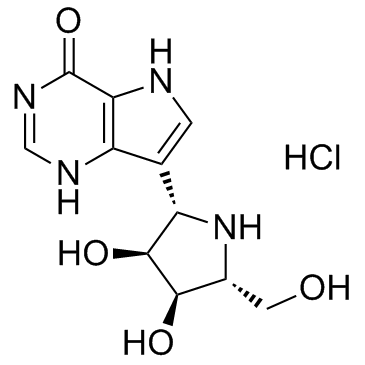
-
GN10727
Forsythoside B
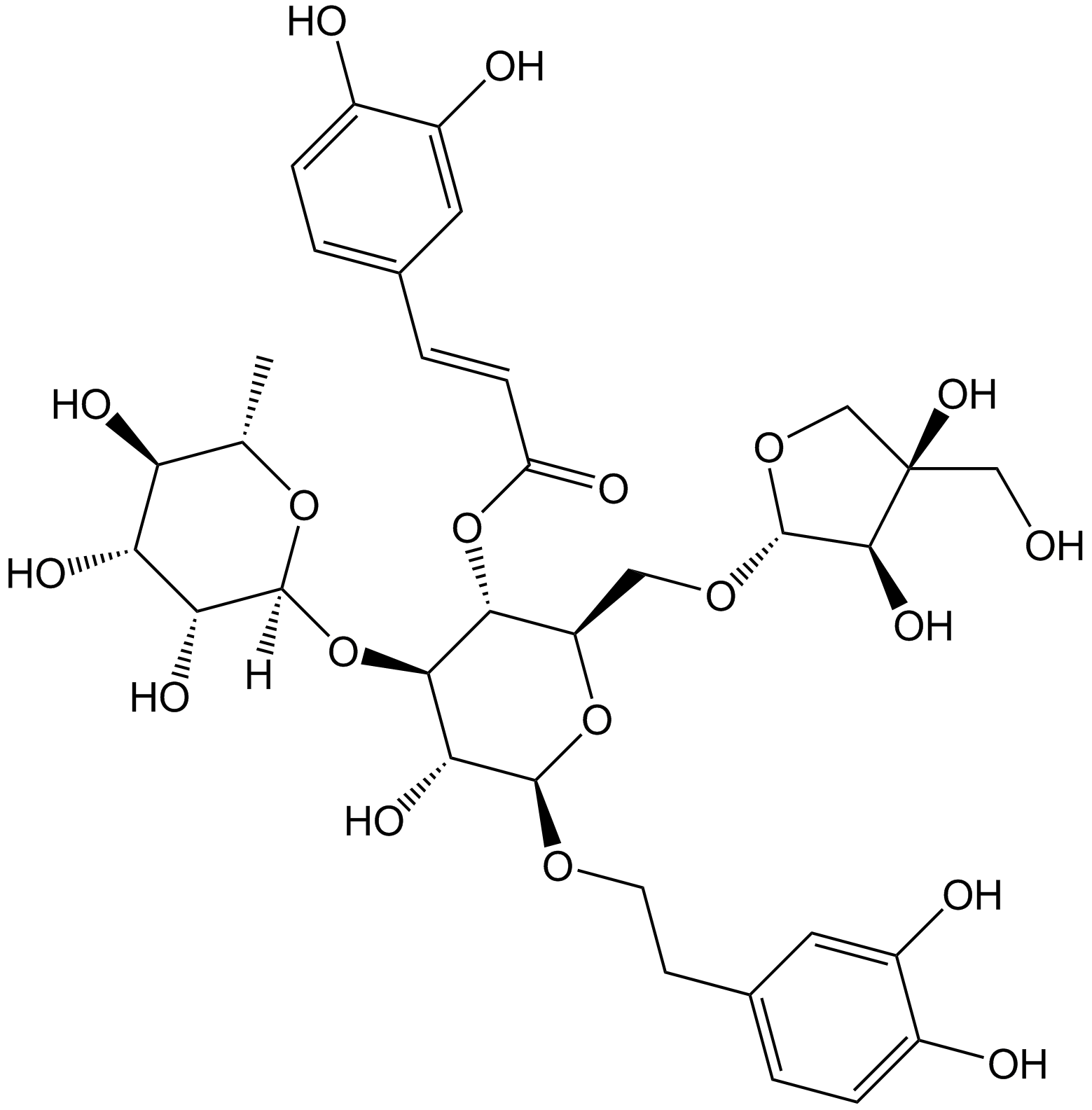
-
GC12308
Fosbretabulin (Combretastatin A4 Phosphate (CA4P)) Disodium
CA4P, Combrestatin A4, CRC 8709
Fosbretabulin (Combretastatin A4 Phosphate (CA4P)) ثنائي الصوديوم (CA 4DP) هو عامل زعزعة استقرار توبيولين. Fosbretabulin (Combretastatin A4 Phosphate (CA4P)) ثنائي الصوديوم هو الدواء الأولي Combretastatin A4 الذي يستهدف بشكل انتقائي الخلايا البطانية ، ويحث على تراجع الأورام الحديثة للورم ، ويقلل من تدفق الدم إلى الورم ويسبب نخر الورم المركزي.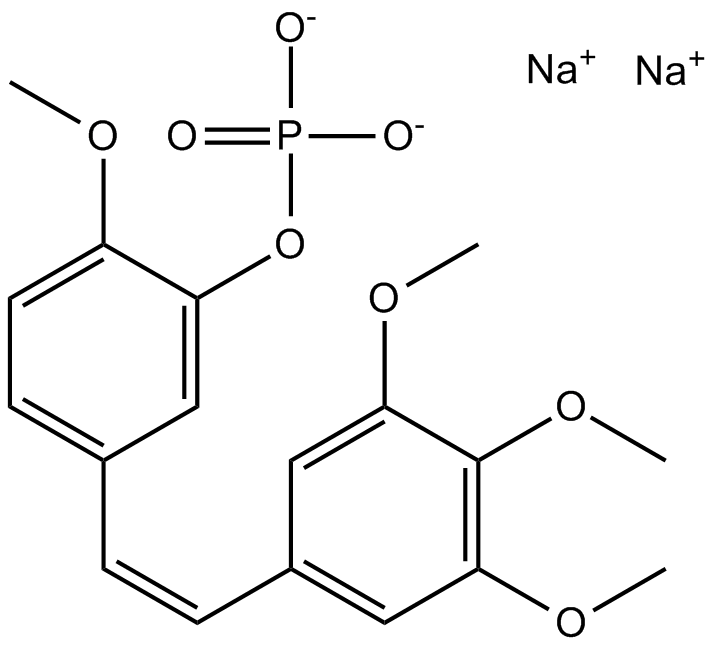
-
GC25428
Foscenvivint (ICG-001)
Foscenvivint (ICG-001) antagonizes Wnt/β-catenin/TCF-mediated transcription and specifically binds to CREB-binding protein (CBP) with IC50 of 3 μM, but is not the related transcriptional coactivator p300. ICG-001 induces apoptosis.

-
GC62645
Fosifloxuridine nafalbenamide
NUC-3373
Fosifloxuridine nafalbenamide (NUC-3373) ، نظير نيوكليوتيد بيريميدين ، هو مثبط سينثيز Thymidylateفوسيفلوكسوريدين نافالبيناميد له نشاط مضاد للسرطانيمتلك Fosifloxuridine nafalbenamide القدرة على إثارة استجابة مناعية للمضيف وتعزيز العلاج المناعي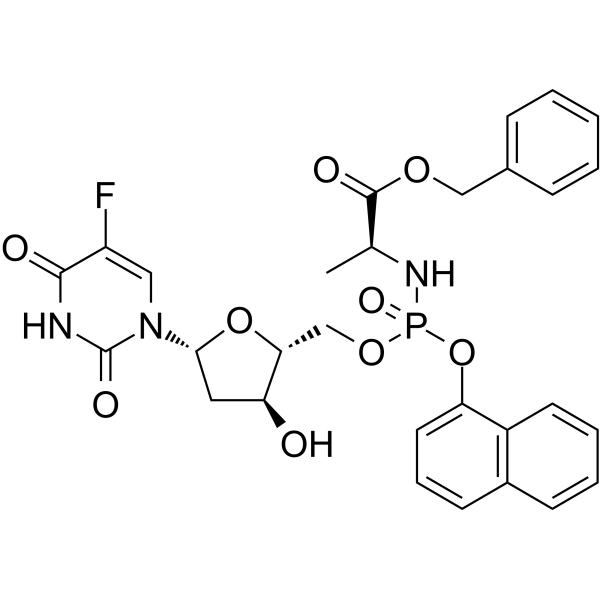
-
GC38551
FPA-124
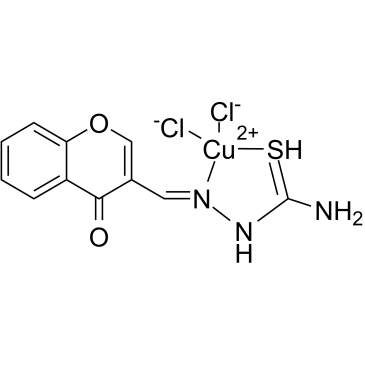
-
GC18652
FQI 1
Factor Quinolinone Inhibitor 1
An inhibitor of Late SV40 Factor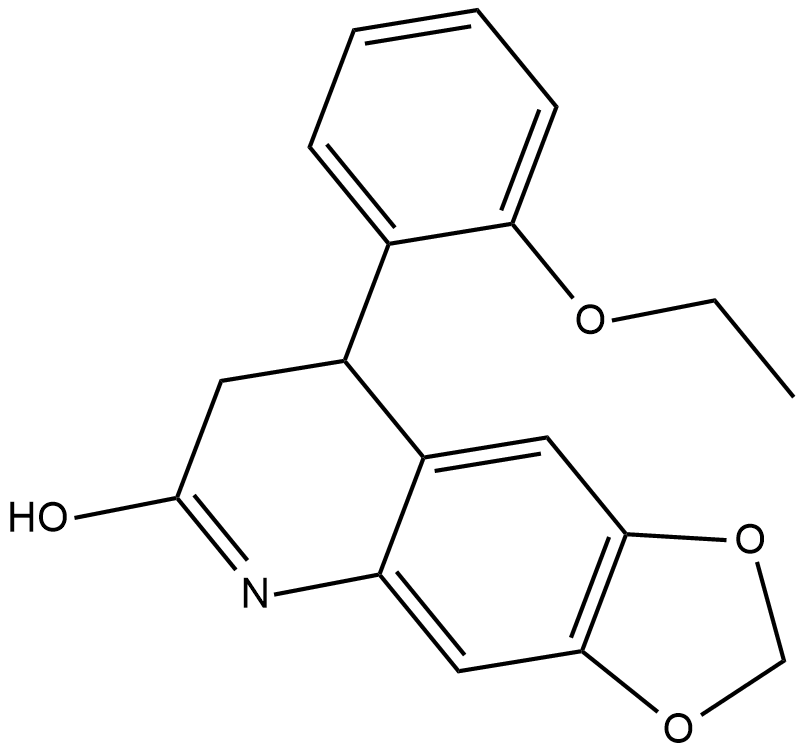
-
GC10647
FR 180204
ERK Inhibitor II
FR 180204 هو مثبط ERK انتقائي وتنافسي ATPيثبط FR 180204 ERK1 و ERK2 مع IC50s من 0.51 ميكرومتر (Ki = 0.31 ميكرومتر) و 0.33 ميكرومتر (Ki = 0.14 ميكرومتر) ، على التوالي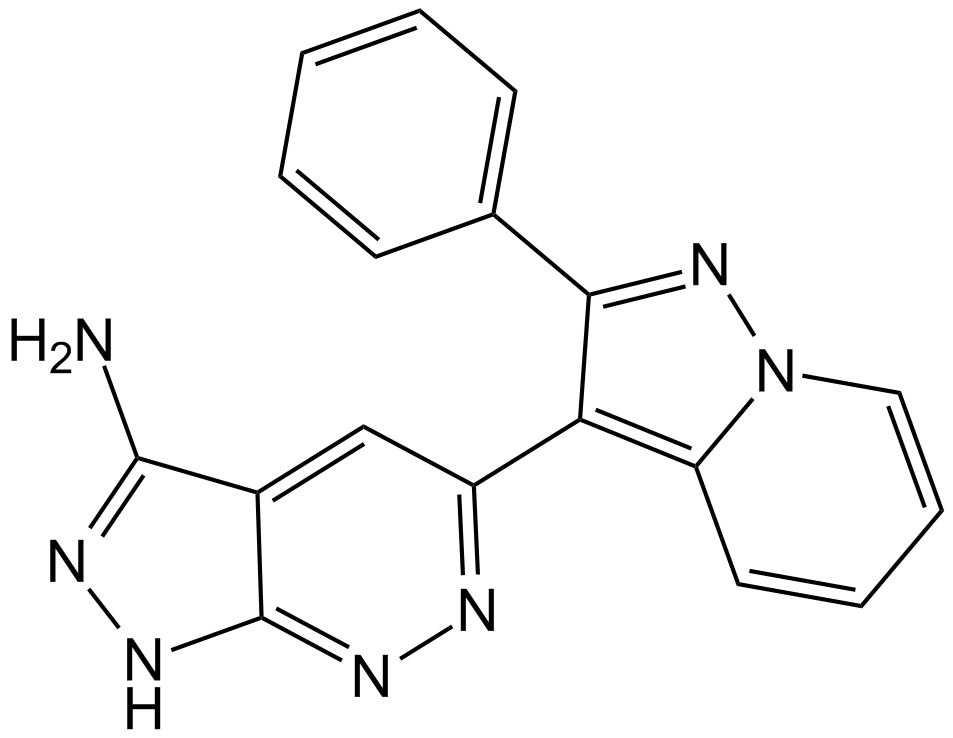
-
GC38044
Fraxinellone
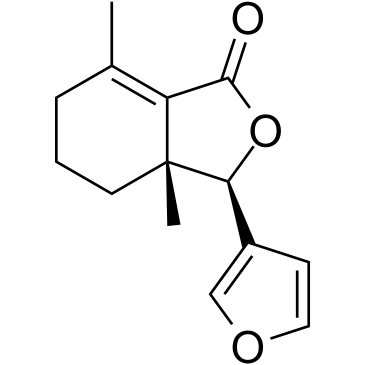
-
GC16310
FTI 277 HCl
FTI 277 حمض الهيدروكلوريك هو مثبط ل farnesyl ترانسفيراز (FTase) ؛ محاكٍ ببتيدٍ قوي للغاية Ras CAAX يعاكس إشارات الورم السرطانية H- و K-Ras.
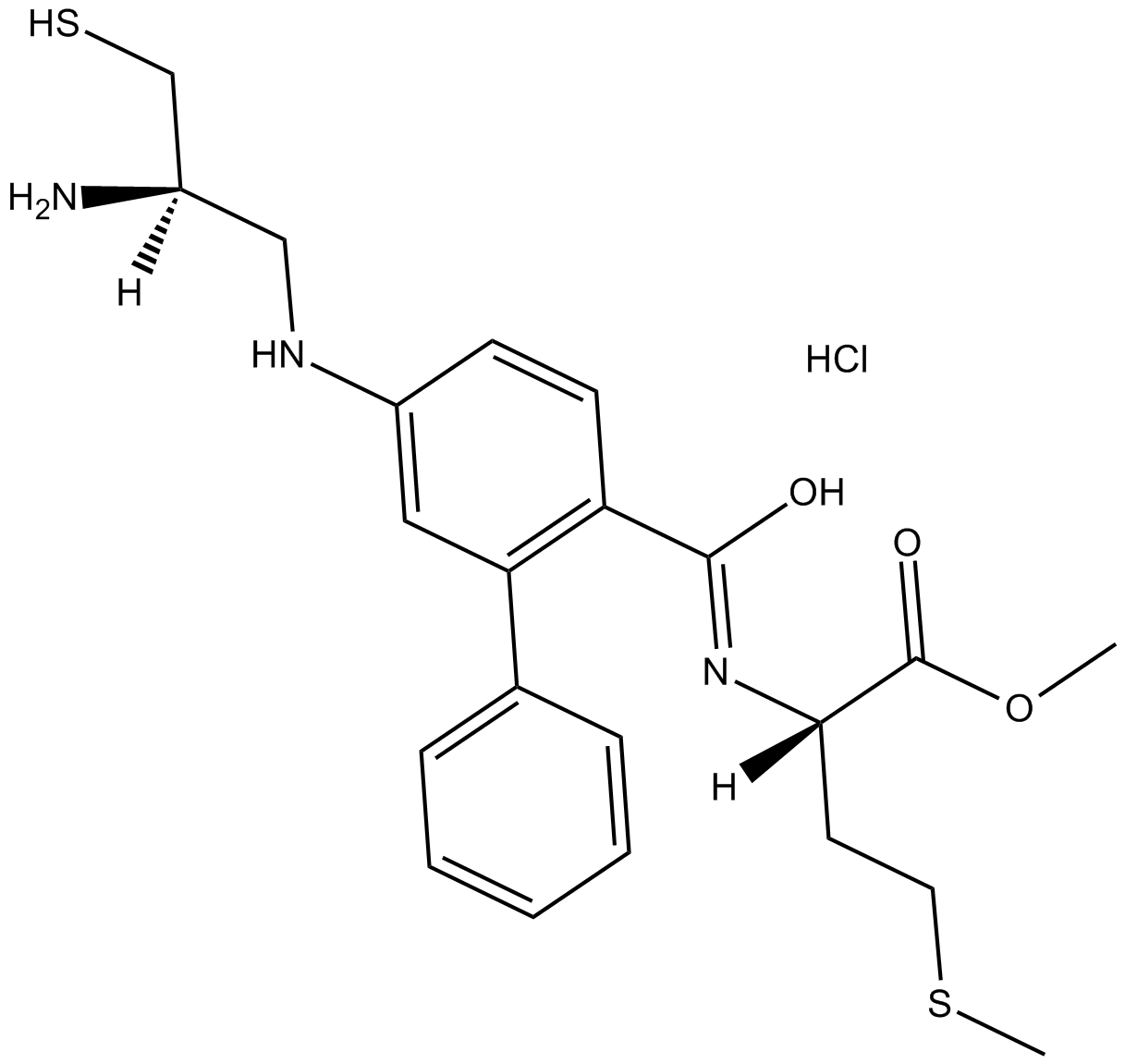
-
GC52288
Fumonisin B1-13C34
FB1-13C34
An internal standard for the quantification of fumonisin B1
-
GC62981
Furanodienone
Furanodienone هو أحد المكونات النشطة بيولوجيا الرئيسية المشتقة من Rhizoma Curcumae. موت الخلايا المبرمج المستحث بالفورانودينون.
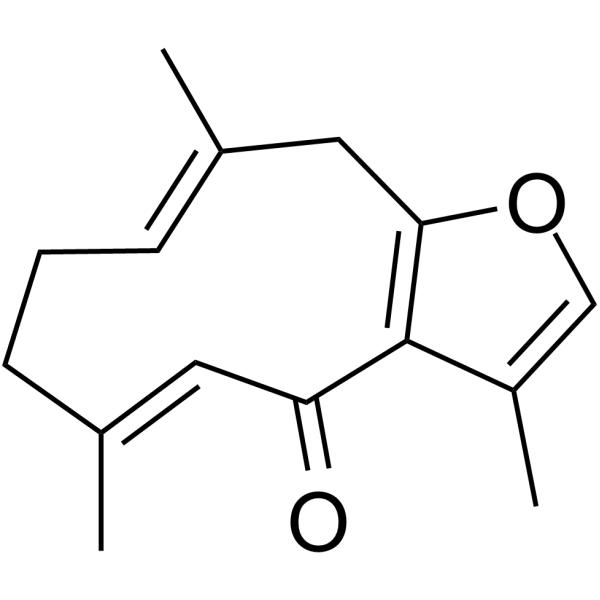
-
GC32138
Furazolidone
Furoxone, NSC 6469, Nifulidone, Nitrofurazolidone, Nitrofuroxon, Tikofuran, Trifurox
Furazolidone هو مشتق من النيتروفوران مع نشاط مضاد للجراثيم ومضاد للبكتيريا ، ويثبط الخلايا المحولة AML1-ETO بقيمة IC50 تبلغ 12.7 ميكرومتر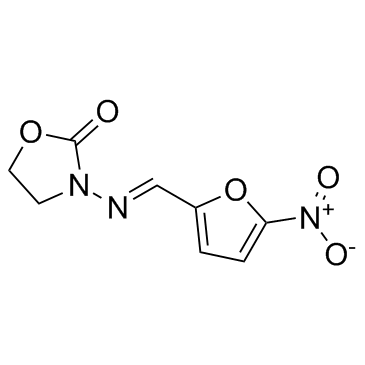
-
GC18611
Fusicoccin
NSC 113500
Fusicoccin (Fusicoccin A) ، سم خلوي فطري ، هو عامل استقرار لتفاعلات بروتينية معينة 14-3-3يستقر Fusicoccin H +- ATPase / 14-3-3 cmplex في السراويل ، مما يحافظ على الإنزيم في حالة تنشيطيعمل Fusicoccin أيضًا على استقرار تفاعلات البروتين في 14-3-3 مع شركاء الربط الذي يحتوي على نموذج التعرف C-terminal 14-3-3 (نمط 3) ، مثل ERα و GPIbα و TASK3 و CTFR و p53يستحث فوسيكوكسين موت الخلايا المبرمج في الخلايا السرطانية وله نشاط مضاد للسرطان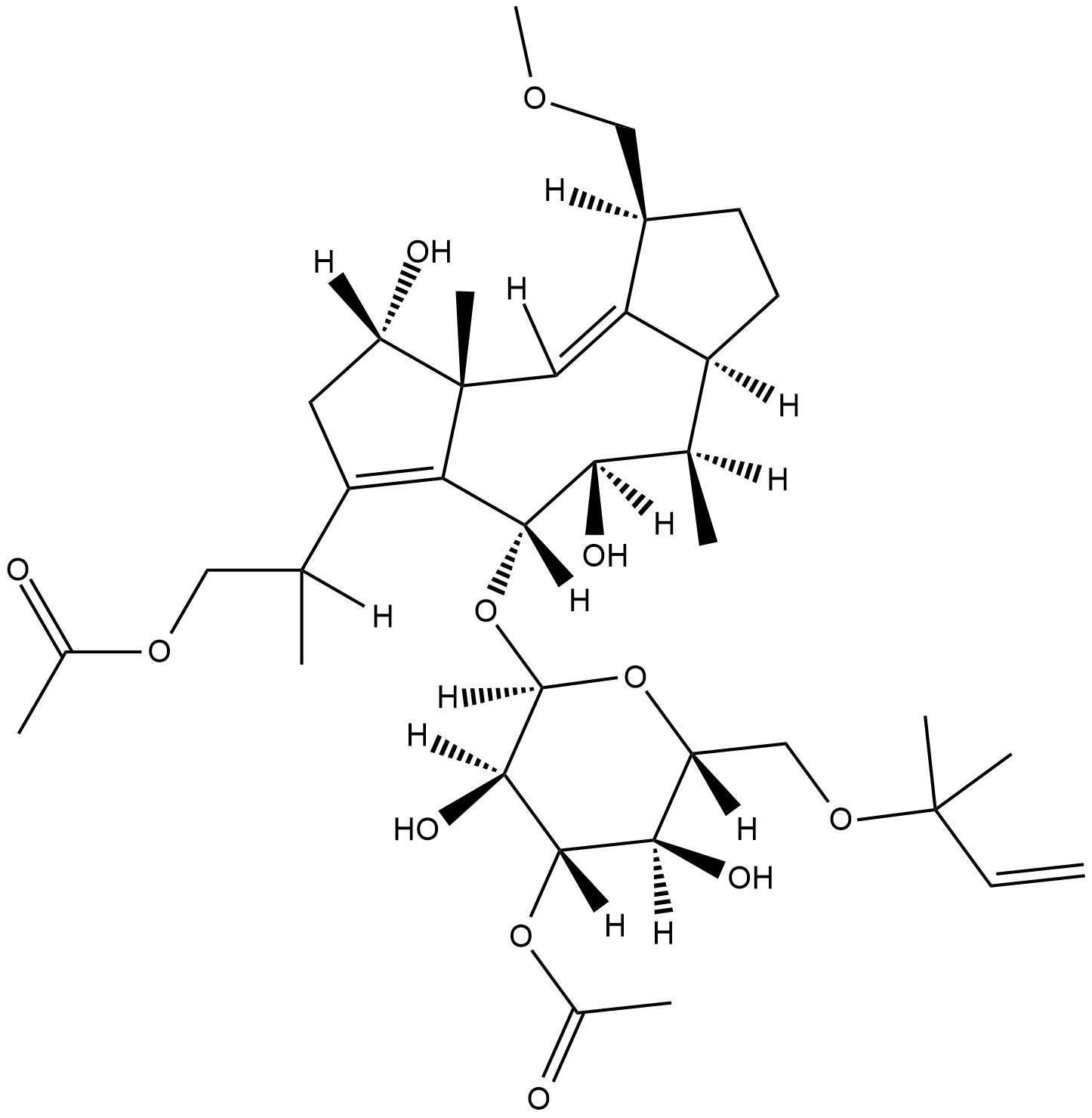
-
GC39382
FW1256
FW1256 هو نظير فينيل ومانح بطيء الإطلاق لكبريتيد الهيدروجين (H2S)
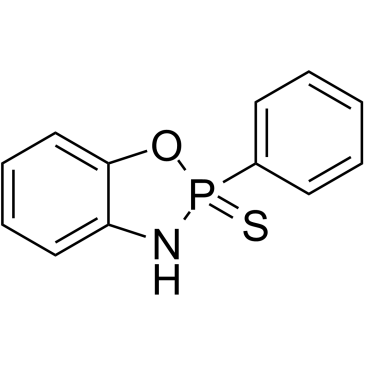
-
GC12178
G-749
G-749
G-749 هو مثبط FLT3 فعال عن طريق الفم و ATP تنافسي ، مع IC50s من 0.4 نانومتر و 0.6 نانومتر للنوع البري FLT3 و FLT3-D835Y ، على التوالييمكن استخدام G-749 في البحث عن مقاومة الأدوية لسرطان الدم النخاعي الحاد (AML)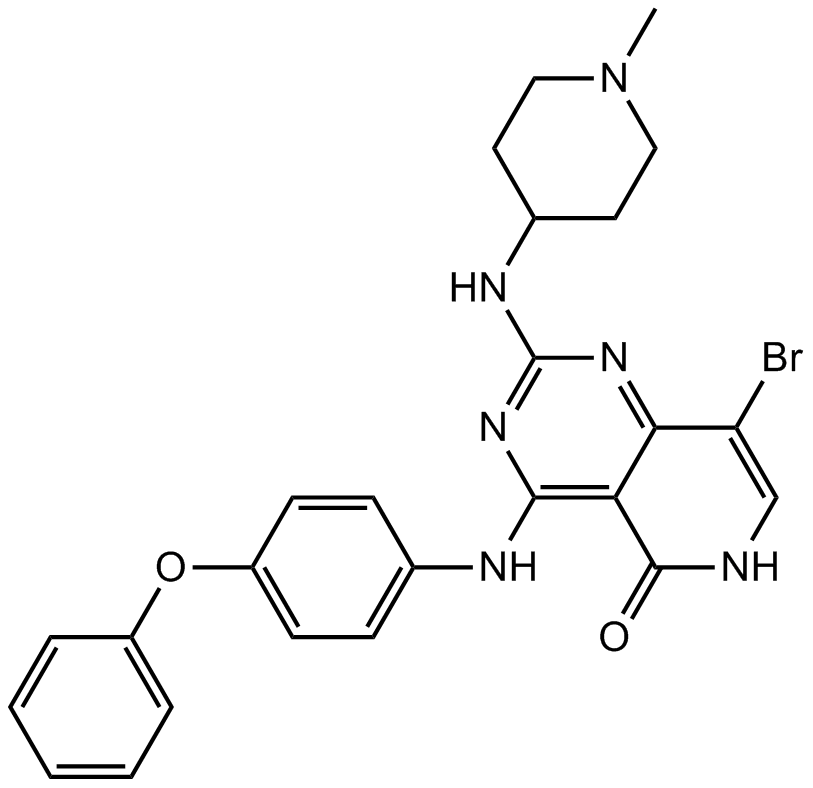
-
GC62246
G5-7
G5-7 ، مثبط JAK2 النشط عن طريق الفم ، يمنع بشكل انتقائي الفسفرة JAK2 بوساطة وتفعيل EGFR (Tyr1068) و STAT3 عن طريق الارتباط بـ JAK2G5-7 يحث على إيقاف دورة الخلية والاستماتة ويمتلك تأثير مضاد لتكوّن الأوعيةG5-7 لديه القدرة على دراسة الورم الدبقي
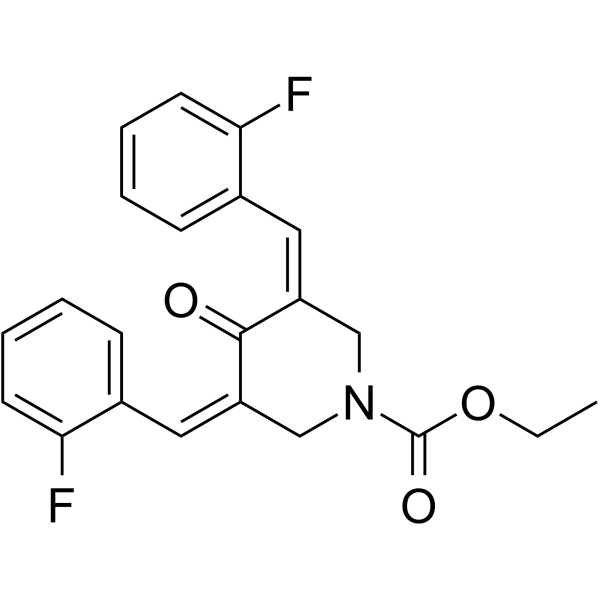
-
GC43723
Galactosylsphingosine (d18:1)
Galactosylsphingosine, Psychosine
Galactosylsphingosine (d18: 1) (Galactosylsphingosine) ، وهو ركيزة من إنزيم galactocerebrosidase (GALC) ، هو علامة بيولوجية محتملة لمرض كرابيه.
-
GC36103
Galanthamine hydrobromide
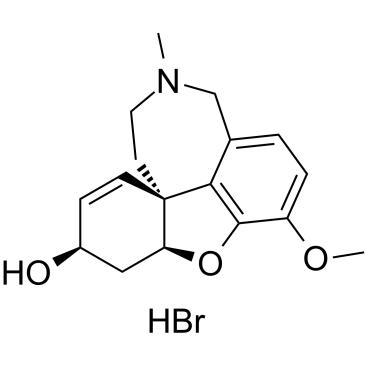
-
GC38610
Galgravin
(±)-Galgravin
Galgravin هو مركب نشط في Nectandra megapotamica ، مع نشاط مضاد للالتهابات. يعرض Galgravin نشاطًا سامًا للخلايا في المختبر ويحث على موت الخلايا المبرمج في خلايا سرطان الدم.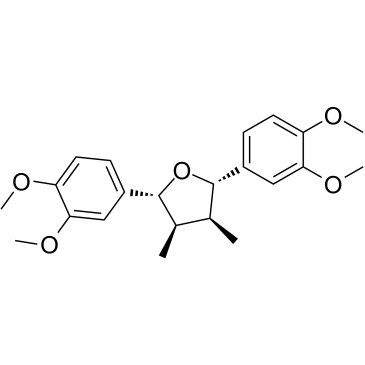
-
GN10388
Gallic acid
NSC 20103, NSC 674319, 3,4,5Trihydroxybenzoic Acid

-
GC61436
Gallic acid hydrate
حمض الغاليك (3،4،5-تريهيدروكسي بنزويك حمض) هيدرات هو مركب طبيعي متعدد الهيدروكسيفينوليك وكاسح للجذور الحرة لتثبيط انزيمات الأكسدة الحلقية -2 (COX-2)
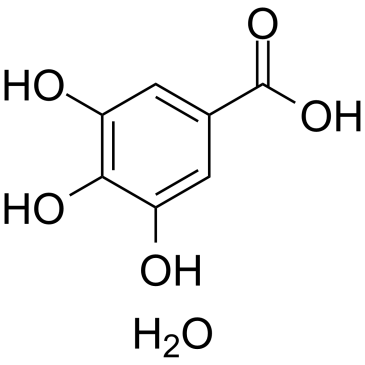
-
GC12139
Gambogic Acid
GA, β-Guttiferin
A xanthonoid with anticancer activity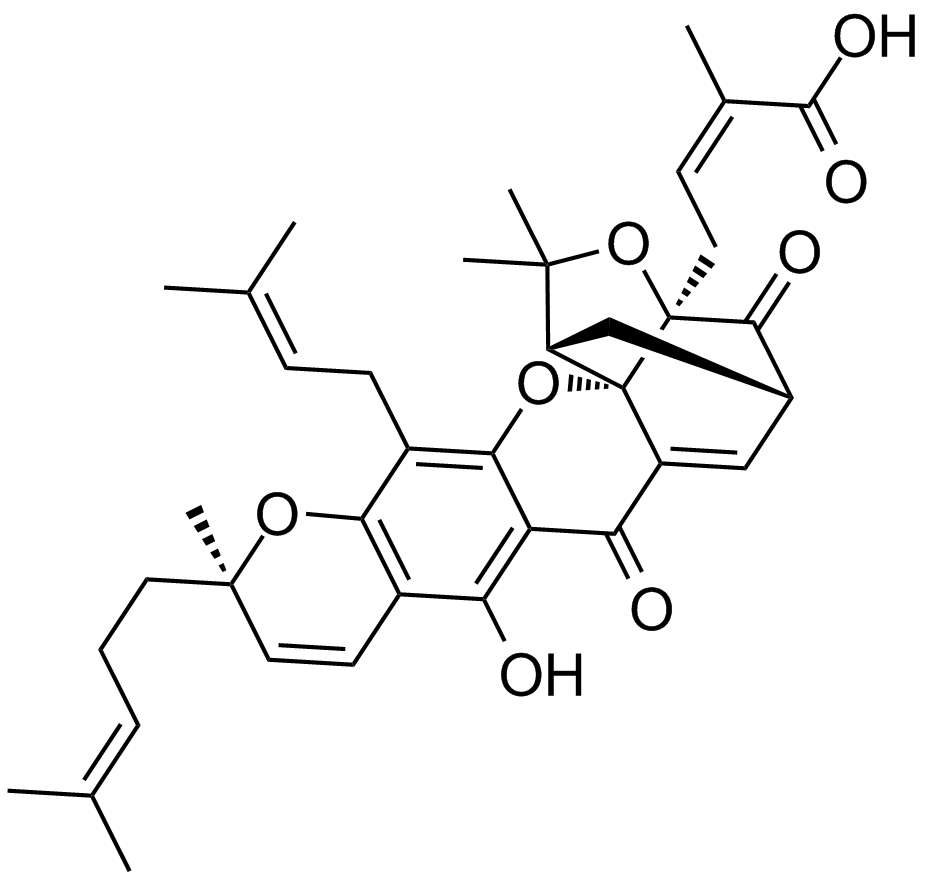
-
GC36106
Gamma-glutamylcysteine (TFA)
γ-Glutamylcysteine TFA
جاما جلوتاميل سيستئين (γ-Glutamylcysteine) TFA ، وسيط في تخليق الجلوتاثيون (GSH) ، هو ثنائي الببتيد يعمل كعامل مساعد أساسي لأنزيم الجلوتاثيون بيروكسيديز المضاد للأكسدة (GPx).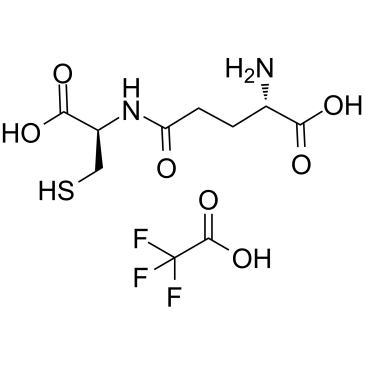
-
GC17655
Ganetespib (STA-9090)
STA9090, STA 9090
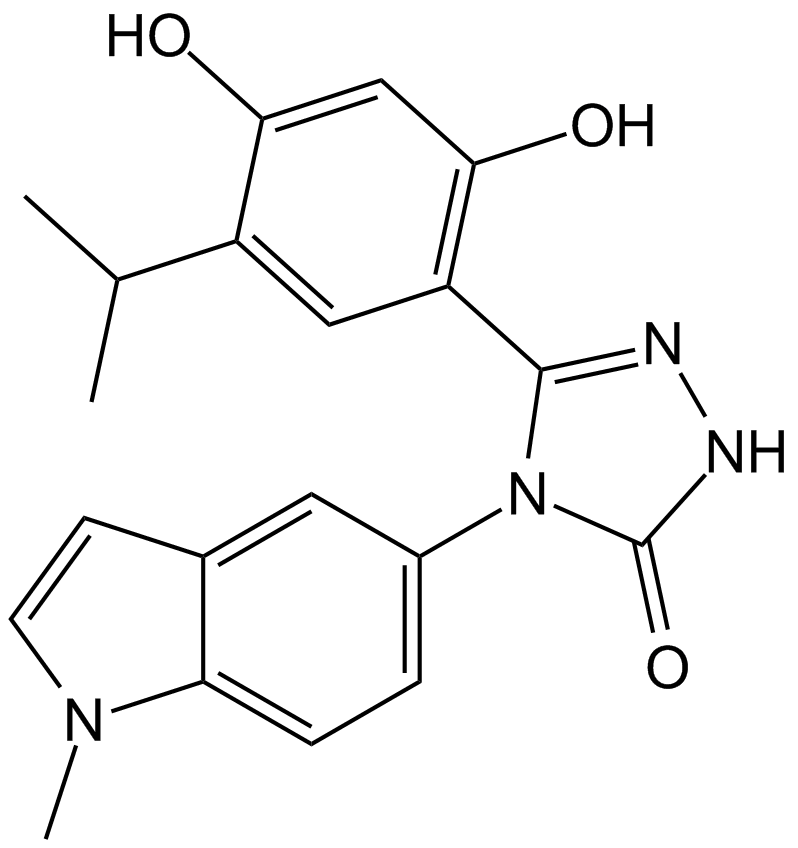
-
GC43729
Ganglioside GD3 Mixture (sodium salt)
Disialosyllactosylceramide Mixture
Ganglioside GD3 is synthesized by the addition of two sialic acid residues to lactosylceramide and can serve as a precursor to the formation of more complex gangliosides by the action of glycosyl- and sialyltransferases.
-
GC47392
Ganglioside GM1 Mixture (ovine) (ammonium salt)
GM1, Monosialoganglioside GM1
A mixture of ganglioside GM1


